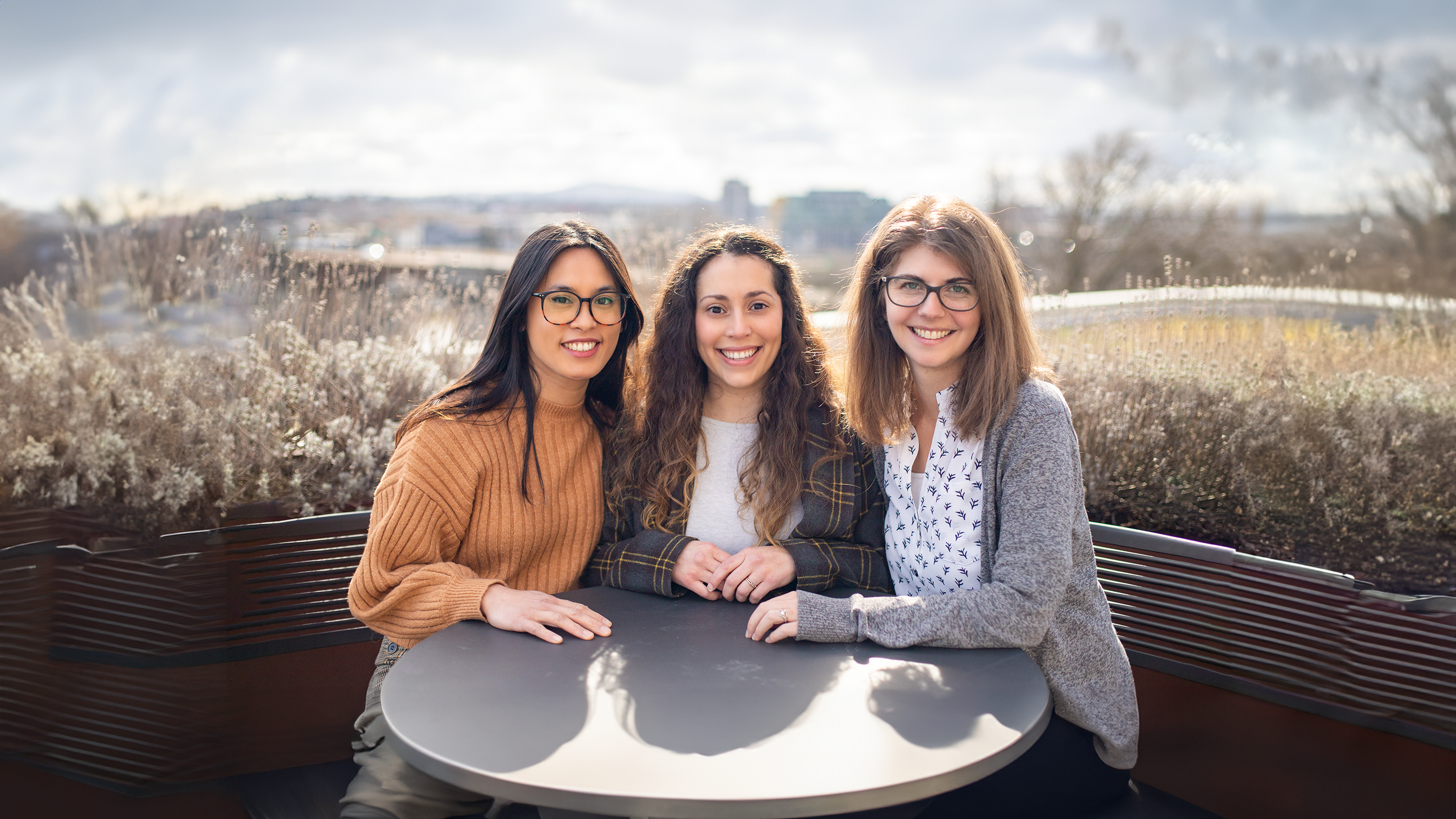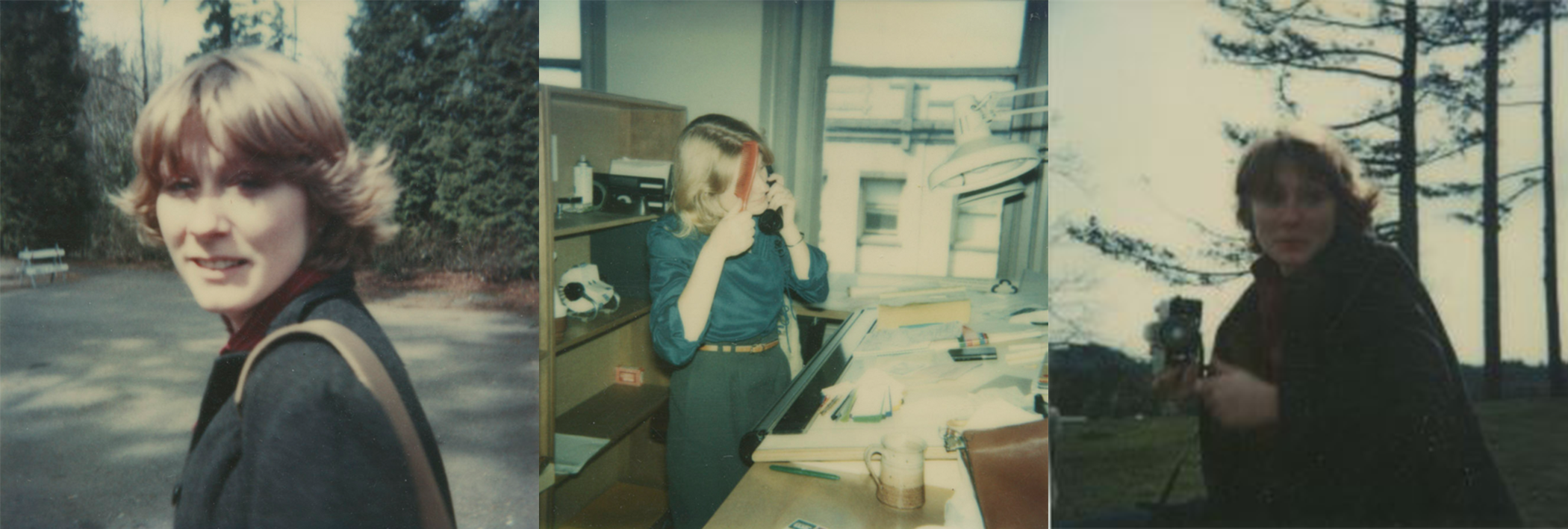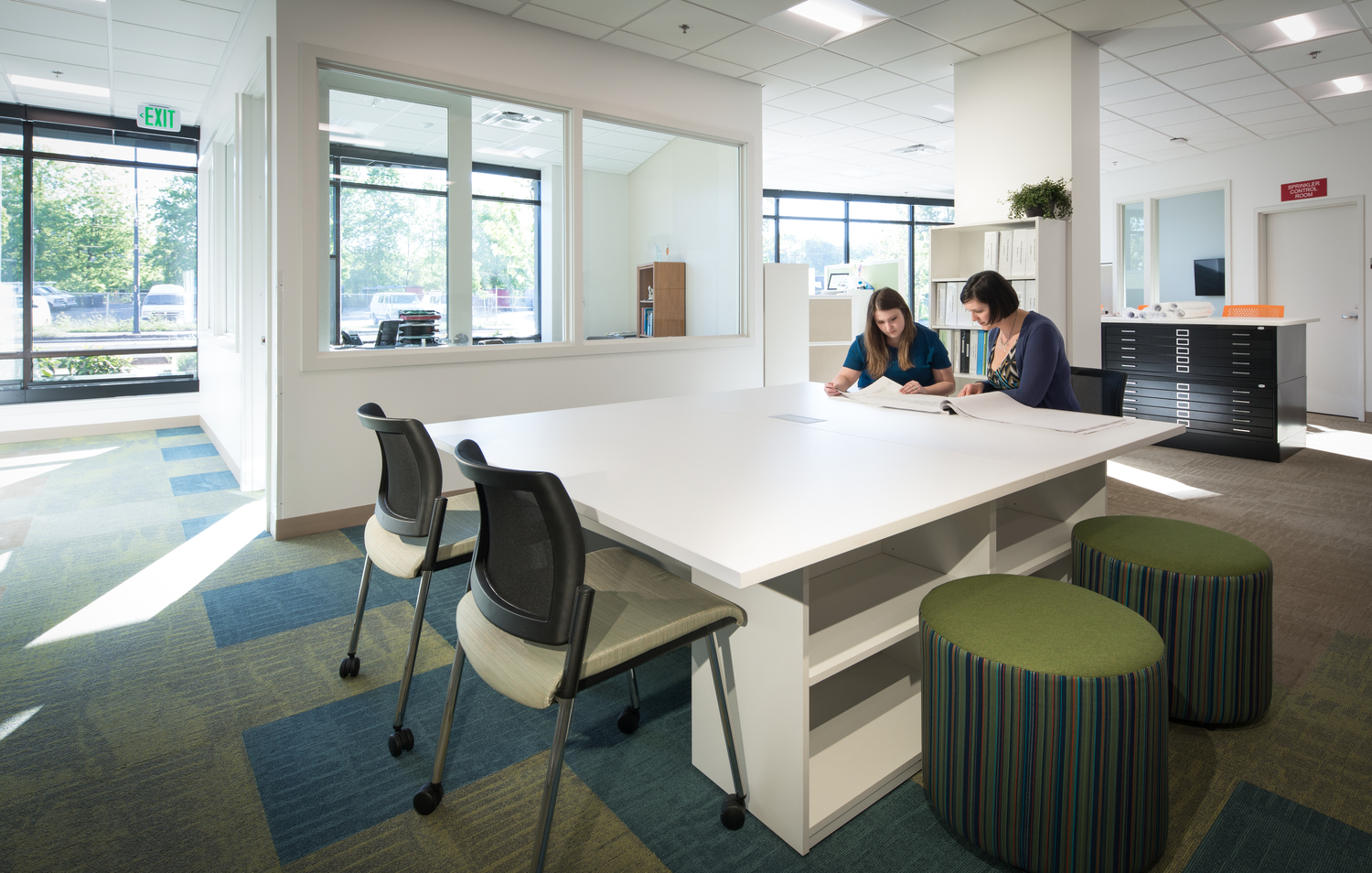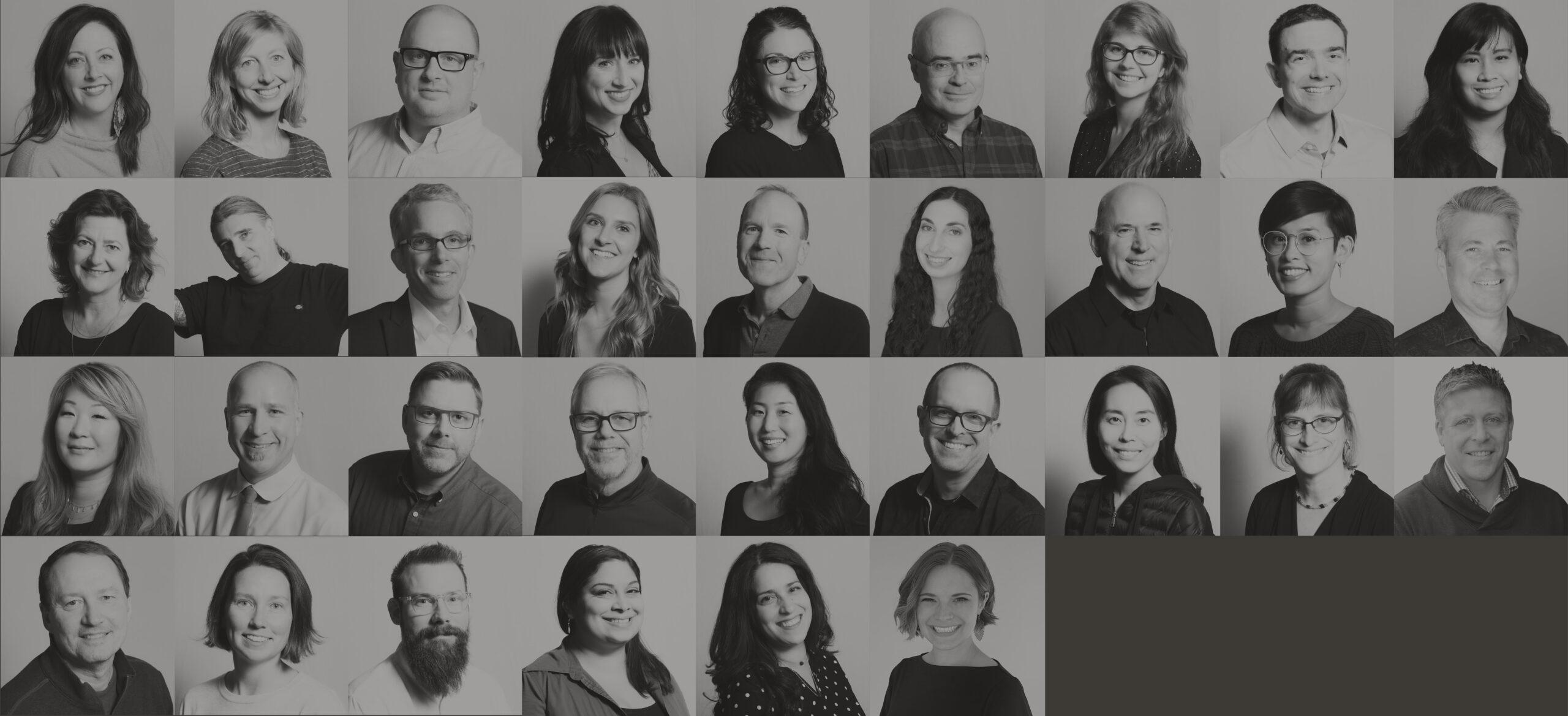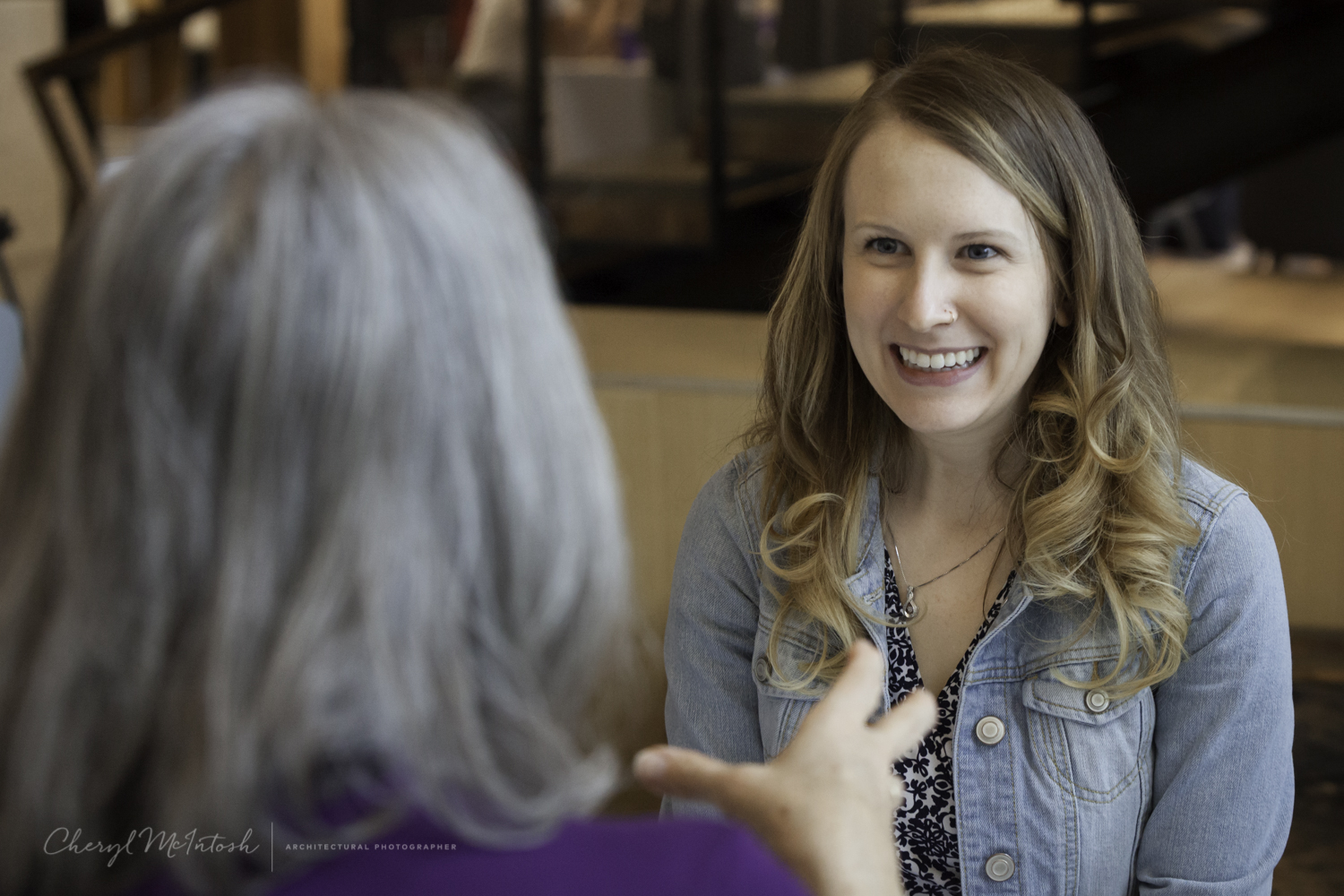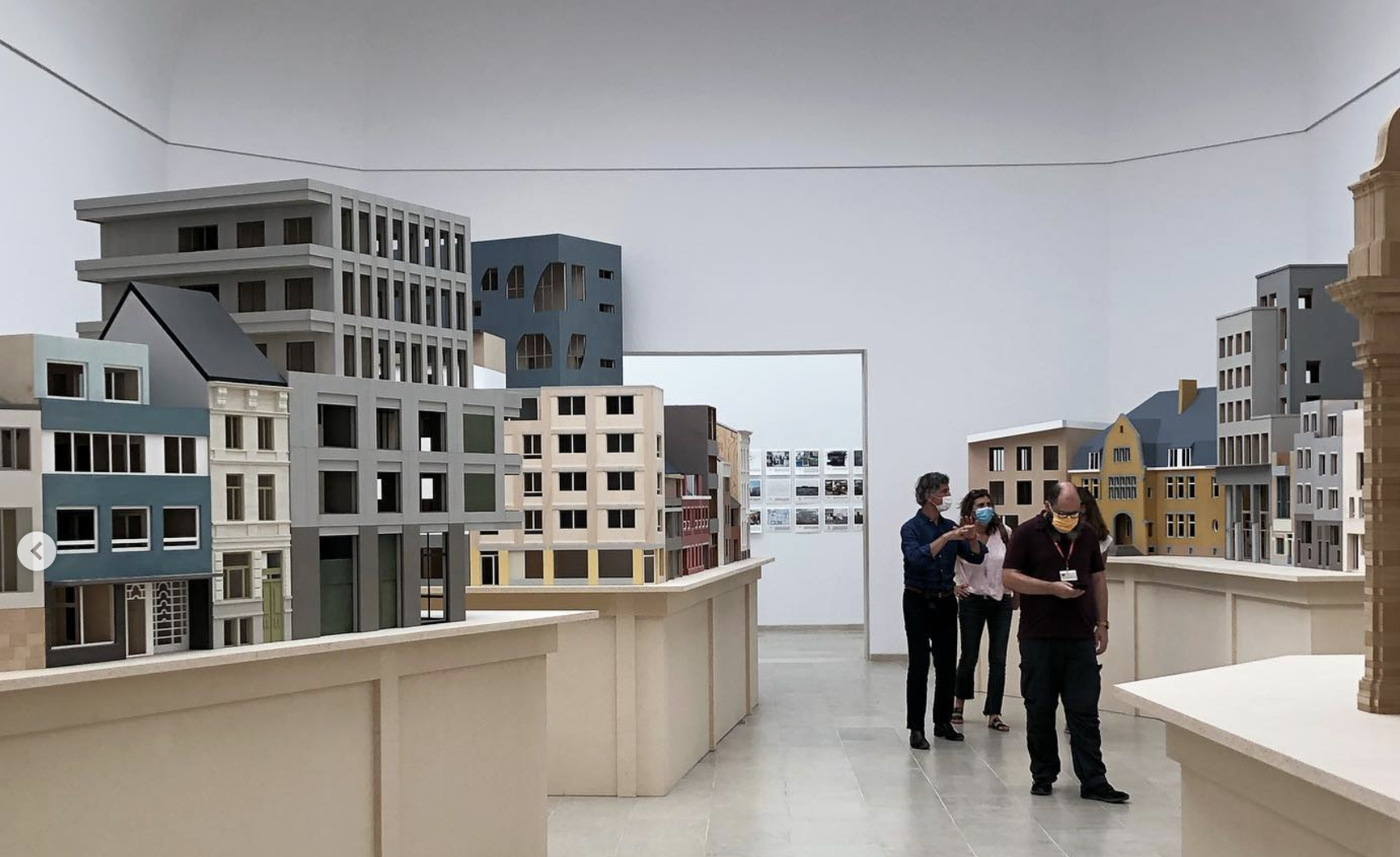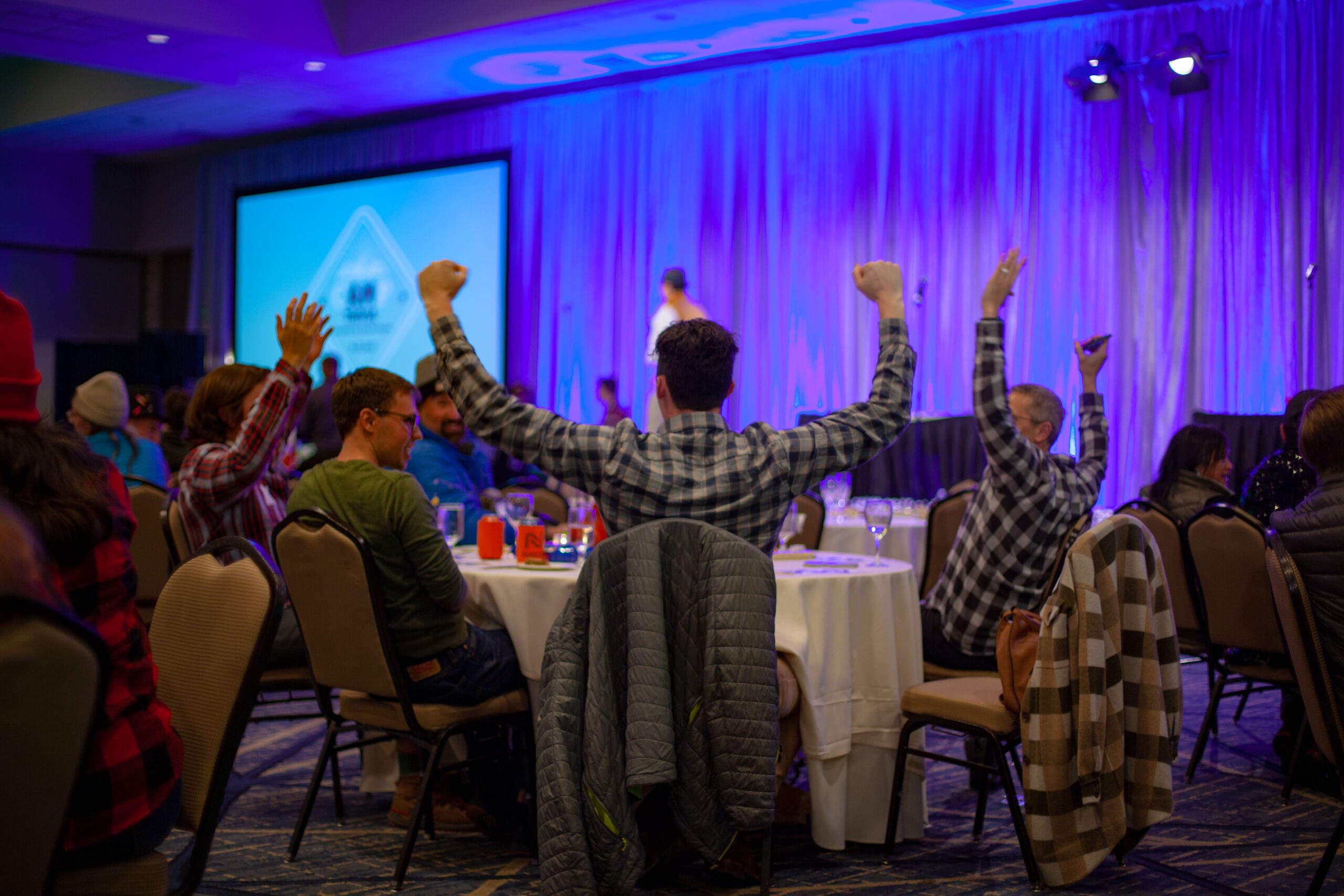The Do GOOD / Be WELL scholarship encourages Ankrom Moisan employees to research an open-ended topic of their choosing to discover and share the practical results of their findings with the firm, industry, and community at large. The scholarship, started in 2017, is sponsored in memory of former AM employee Carolyn Forsyth, an inspirational leader and unyielding force for change. Intended to honor her legacy of sustainability, equity, innovation, advocacy, education, and leadership, the DGBW scholarship elevates and empowers new and inspiring ideas within Ankrom Moisan and the broader field of architecture, pushing us all, as the name implies, to do good and be well.
For their research scholarship, Amanda Lunger, Elisa Zenk, and Stephanie Hollar ventured to ask: Where are the Women?
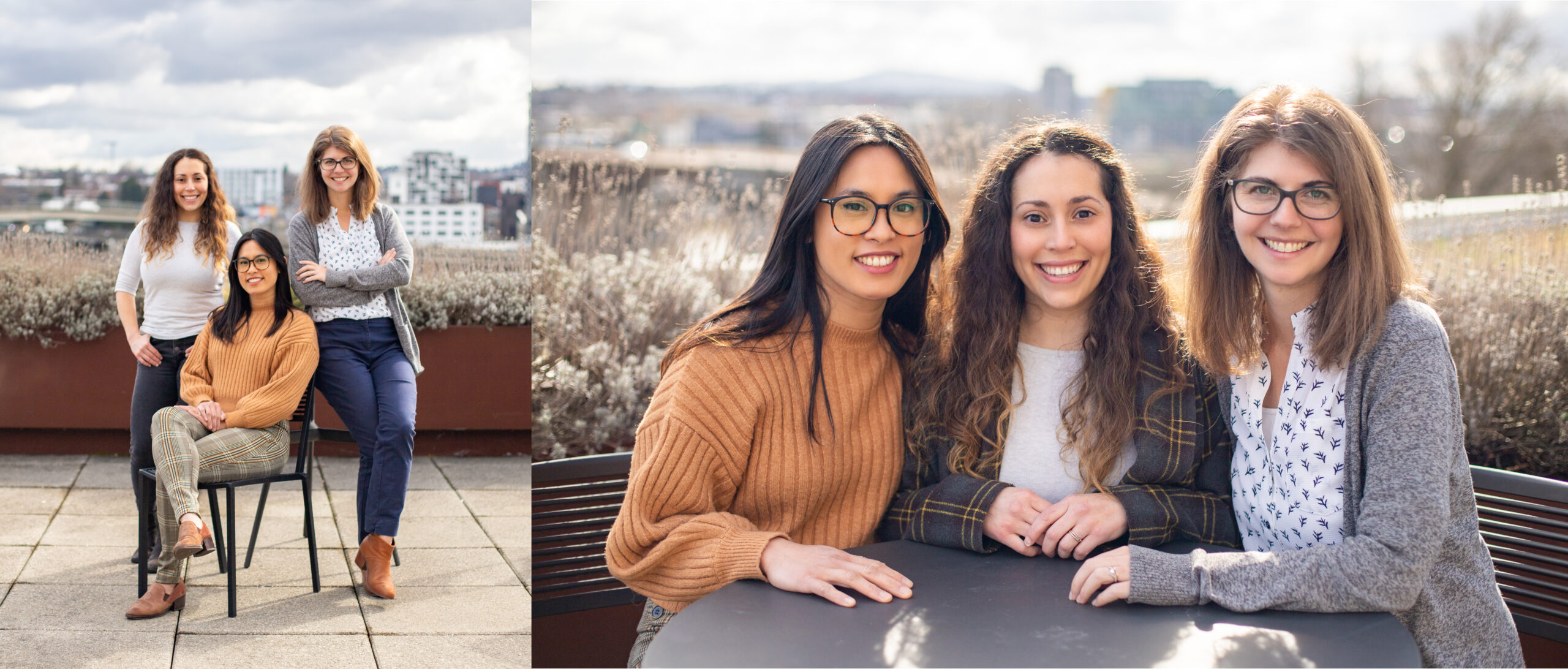
Amanda, Elisa, and Stephanie atop Ankrom Moisan’s Portland office.
The idea came to them naturally. During the firm’s 2020 Women’s Day celebration, Elisa noticed that some of the AM statistics shared didn’t seem to tell the whole story. “The women in architecture numbers were getting buried in the celebration of the fact that our office had this large percentage of women,” Elisa explained, “but when we looked into it, most of that percentage was made up of women in the interiors department and various overhead positions.” The real number of women in architecture was not as equitable as it could be. “I think I already knew this intuitively, that women are underrepresented in design roles,” Amanda disclosed, but “once we actually looked at those numbers, that was kind of shocking to me.” Stepping back to all architecture roles, not just design, women only make up 37% of architecture staff nationwide, according to AIA industry data collected in 2019. Amanda, Elisa, and Stephanie all knew that there should be more women in the industry and began to question why that was not the case. They were also interested in solving that problem at our firm, pushing AMA beyond industry trends.
After Amanda, Elisa, and Stephanie discussed this observation, they agreed that they had seen too many brilliant women, presumably on track for leadership, leave the field. “We were talking about these women who were really rockstars in the architecture department who were leaving,” recalled Amanda. “We were speculating as to why the industry seemed to have that problem.” Whatever the cause, it was clear that some women were dissatisfied with their experiences in architecture.
Stephanie recognized that the issue of women in architecture leaving Ankrom Moisan for other opportunities was one that needed a deeper investigation. It was also a problem that affected her directly. “The women who we saw leaving at that time were older than me and in architecture, but then they left. I saw them as people that I was looking up to [that] were mentors and having them leave really created a gap of future women architecture leaders,” she remarked. “It makes you kind of question your own career sometimes. Like if all these other women are leaving, it’s like, OK, what am I doing here? Like what are they finding elsewhere?”
In fields traditionally dominated by men, like architecture, same-sex mentors are paramount to the success of early career women. Female designers are more likely to aspire to career advancement if they see someone like them at the top. This role-modeling is critical for the retention and professional growth of our talented female architects.
The consequences of the lack of female representation in architecture was further emphasized by Amanda, “Being a woman in architecture, I’ve run into a lot of experiences in dealing with colleagues where I felt very misunderstood and kind of lonely as being a gender minority or marginalized gender in this industry. I’ve had personal experiences sitting in a meeting with consultants and some of my project team members, who are all men. At the beginning of the meeting, they’re all talking about working on their cars, or fishing, like these shared hobbies that they have. I had a hard time finding common ground. It was hard to know where to start [building rapport] in some of those cases. I felt like I got overlooked a lot of the time.” Elisa felt similarly, noting how being the only woman in the room “makes it hard to have a voice or feel comfortable having a voice. There’s not always room at the table, even if you’re sitting there.” Elaborating on this idea, Amanda reflected, “I feel like I was always looking for a woman who had been in that position before and could give me advice like how to cope and how to get through it. But those mentors just weren’t there.”
The exodus of women from established architecture firms becomes even more lamentable once one recognizes that the leadership positions and characteristics women tend to embrace are critical for the future success of the firm; roles and traits such as “inspiration, participative decision-making, setting expectations and rewards, people development, and role modeling” (McKinsey, 2018). Simply put, a workplace with more women is a workplace with more creativity, productivity, and profitability (MIT News, 2014). The lack of women in architecture is intrinsically detrimental to everyone in the industry.

The healthcare team working together in the Seattle office.
Amanda, Elisa, and Stephanie’s interest in what happened to these women came at the right time. It was about a week before applications for the Do GOOD / Be WELL scholarships were due, and after their initial conversation, Amanda thought, “maybe we should turn this into a research project, that way we have time set aside to really look at it. I mean, nobody else was doing this research, so it kind of felt like, well, if we don’t do it, who’s going to?” The group quickly put together an application and submitted it before the April 2nd deadline, a date shared with Carolyn Forsyth’s birthday.
Many of the data points collected during the project’s research were gathered from conversations with women architects about their professional experiences, career goals, the tools that helped them succeed, and what they thought firms could do better to support their growth. Additional observations came from personal experience, while other statistics were sourced from the AIA. The bulk of Amanda, Elisa, and Stephanie’s AMA-specific statistics originated from a firm-wide survey they conducted, which gathered responses from 158 participants, both male and female.
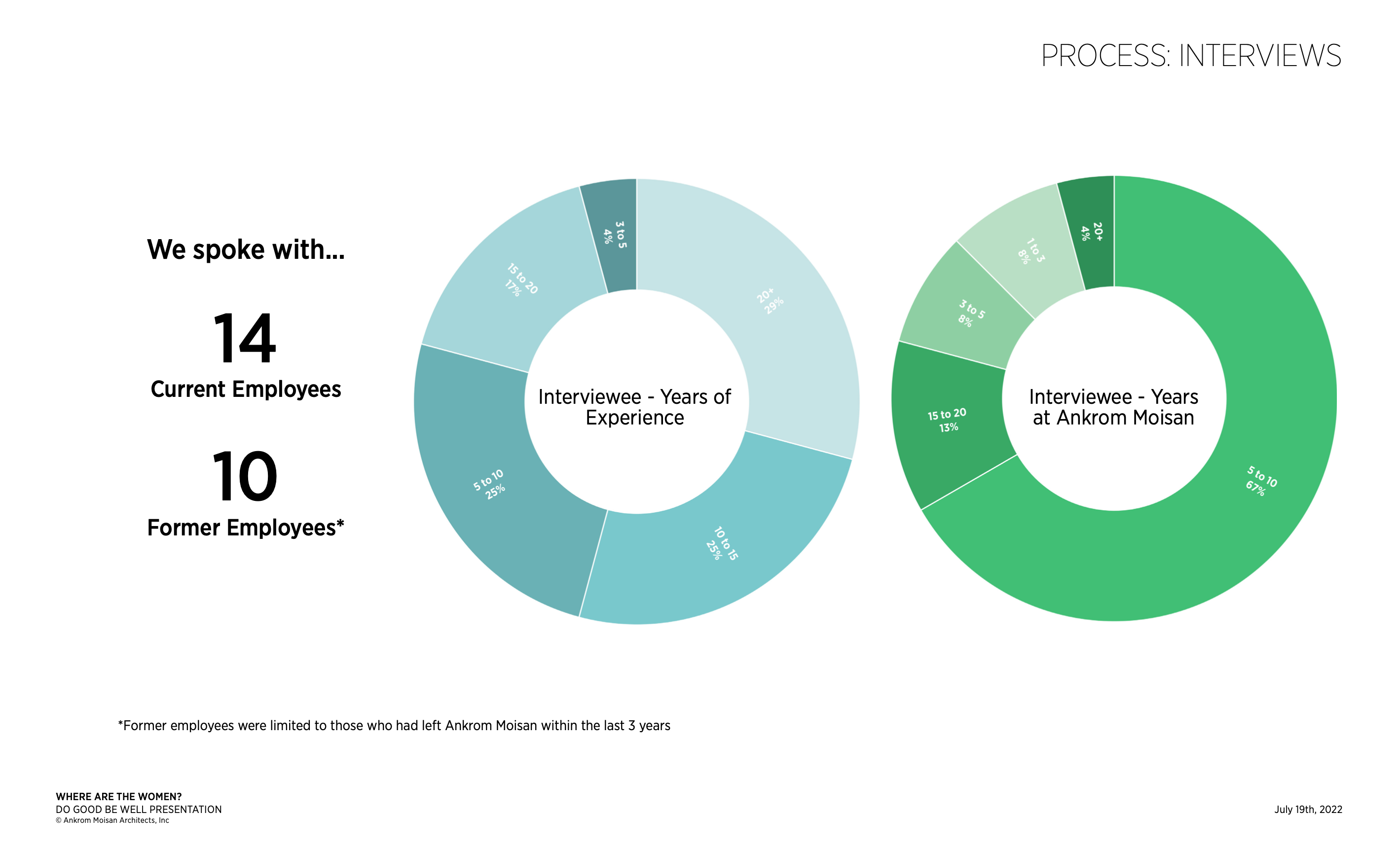
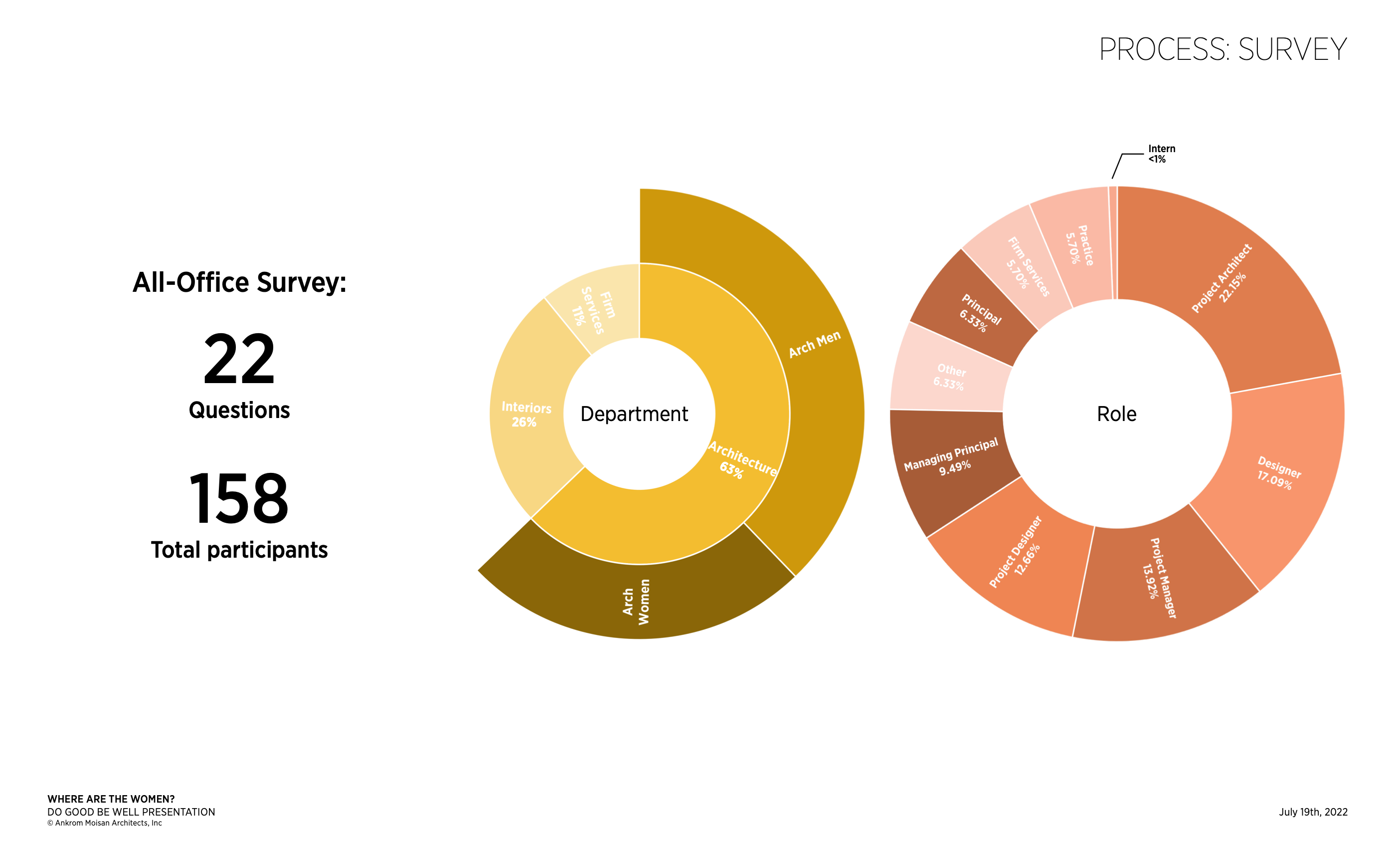
Graphs illustrating the research project’s interview and survey process.
Stephanie disclosed that the study they conducted was designed to provide “specific points that we could apply here at Ankrom to help [combat the disappearance of women from architecture].” The idea was that by identifying the roadblocks that women face when advancing in their careers, they will be able to more confidently advocate for themselves and the resources they need to grow as professionals. The research is an important first step in Ankrom Moisan’s journey to bringing gender parity to the architecture department and increasing diversity, equity, and inclusion in the firm overall.
Read part two, here, to learn more about what the research uncovered.

By Jack Cochran, Marketing Coordinator
Interiors Innovator Karen Bowery Retires After 40 Years with Firm
After 40 years of setting the standard for how architecture and interior design intersect, Karen Bowery, Executive Vice President and Director of Interiors of Ankrom Moisan, is retiring from the firm and her role in The Society on February 28, 2023. Her decision is based on the feeling that it’s time to turn over the reins to a new generation so she can enjoy the next chapter of her life.
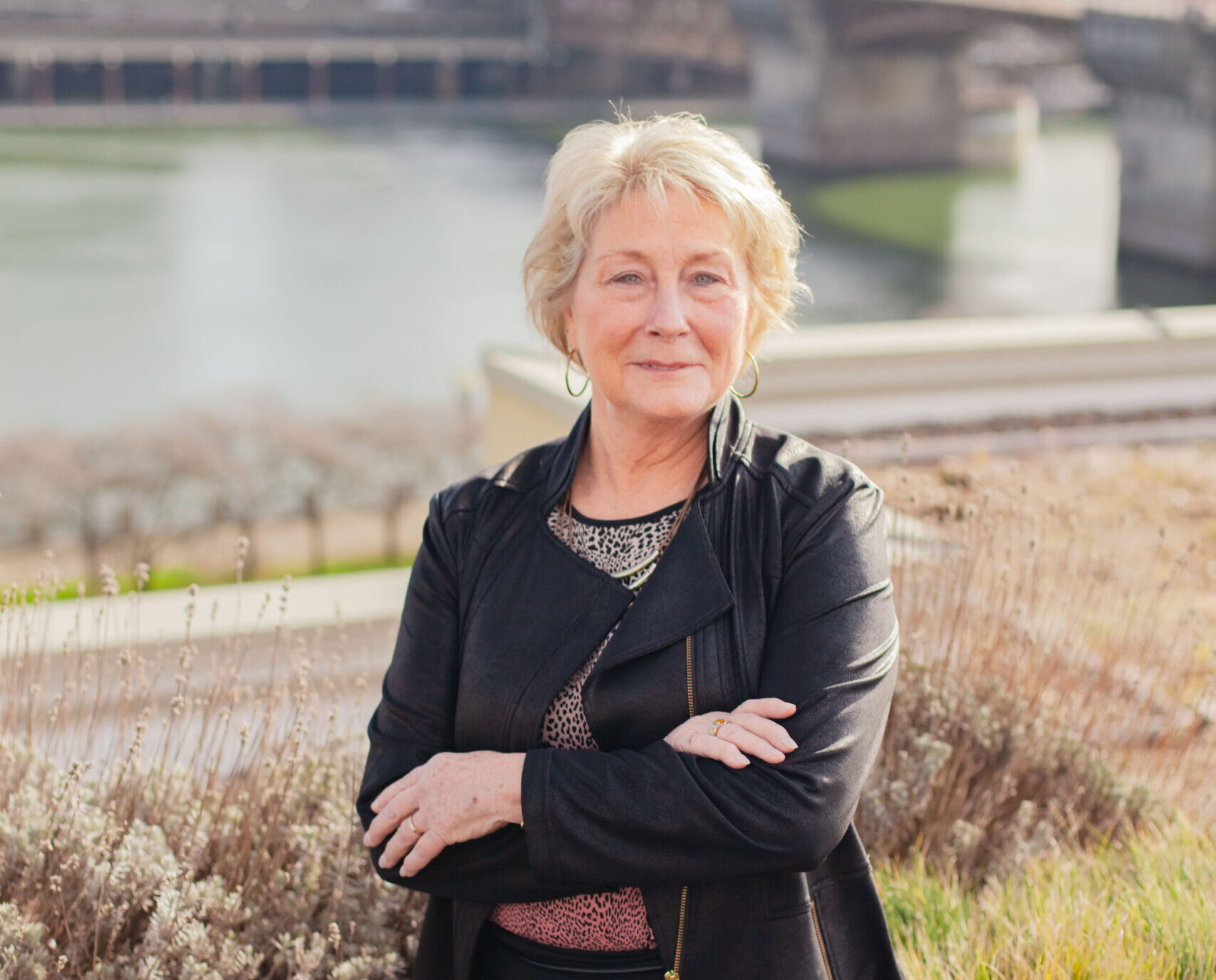
Karen Bowery atop the Portland office.
Karen is a real Portland trailblazer. She’s been an integral part of Ankrom Moisan since its founding and a visionary in interior design throughout her career, launching the interiors group when the firm first started in 1983. She’s been at the table since the beginning, creating space for women in architecture and interior design. In the early 1990s when Ankrom Moisan established a Board of Directors, Karen was one of the original four members.
In 2016, Karen launched The Society to focus exclusively on interior design for the hospitality industry. In six short years, The Society has secured a coveted spot on the “shortlist” for the most prestigious hotel brands in the world – Hyatt, Hilton, Mariott, and the International Hospitality Group (IHG) – and is a three-time international award nominee.
At the forefront of interior design for her entire career, Karen was one of just ten students to have graduated from the University of Tennessee at Knoxville’s Interior Design Program in 1978, when interior design as a field was in its infancy. She has been a true leader for interior design, forging her own path without a roadmap and going on to influence the practice on a monumental scale.

Karen, circa 1980.
Building Ankrom Moisan’s Interiors division from the ground up, she pioneered the field’s best practices and laid the foundation for today’s designers and interiors teams to flourish. Her unwavering attention to the lifestyle and behavior patterns of the end user, combined with her keen understanding of consumer trends and future-focused insights, has cultivated a reputation for the firm as having one of the best Interiors groups in the country.
“We design experiences, we design spaces, and we design points of view,” says Michael Stueve, Ankrom Moisan principal. “Karen’s greatest design has been Ankrom Moisan’s Interiors department. She designed it, envisioned and made a plan for it, and then she became the ‘general contractor’ and built it. Many in the industry look at the Interiors division model Karen created here and how it operates. From my perspective, the biggest impact she’s had is in innovating a new sort of Interiors team model.”
Karen has also been a leader in understanding how data helps inform design. She established the firm’s research department, which feeds into the firm’s emphasis on user experience. She has always been driven by the idea of intent: when guests walk into a space, she believes they should feel like they are meant to be there, that it is a place that defines them, supports their unique perspective, and honors their lived experience. This speaks to Karen’s expertise as a leader, as well. She has always been there for her team, ensuring that everyone feels supported, heard, and like they belong.
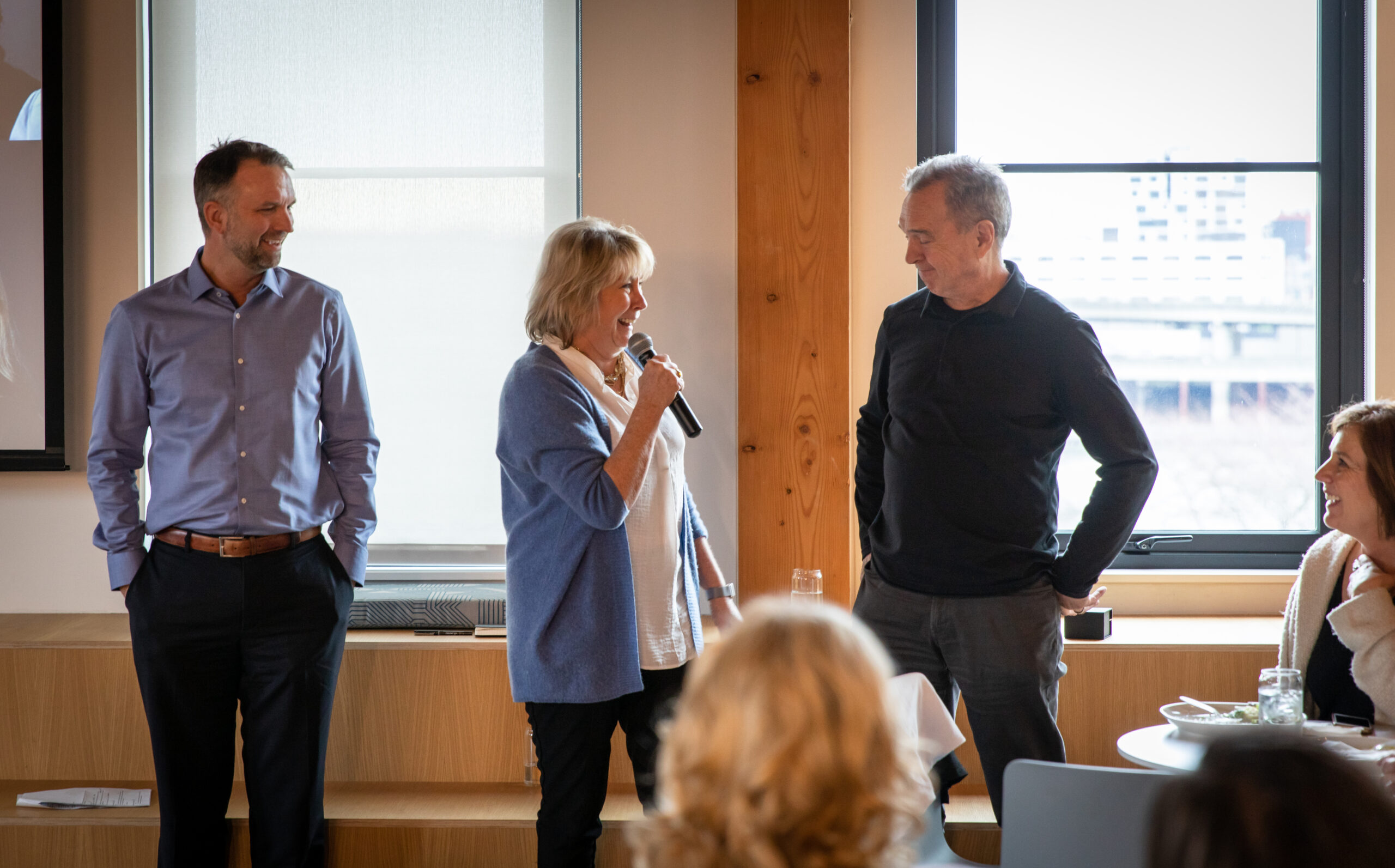
Dave Heater, Karen, and Tom Moisan in 2016.
“What Karen created with her dedication and hard work in unparalleled,” adds Dave Heater, Ankrom Moisan president. “This includes what she’s built and how deeply she cares about the company and the people she has hired and helped nurture in their careers.”
Under her leadership at both Ankrom Moisan and The Society, Karen and her teams have received numerous awards from the American Institute of Architecture, and the International Interior Design Association Oregon and Pacific Northwest chapters, along with Gold Key Awards for Excellence in Hospitality Design, TopID Awards from The Hospitality Industry Network, Senior Housing News Architecture & Design Awards, DJC Oregon Top Projects Awards, and Environments for Aging Design Showcase Awards, among others. Additionally, The Society has ranked on Interior Design Magazine’s Top 100 Rising Giants list for the past two years.
Karen’s vision for the Interiors team has always been to “be the best.” She’s fostered an entrepreneurial drive which allowed her team to seek and take new directions, and under her direction many employees have become the “firsts” in their role. Karen’s involvement with the interiors team extends beyond her role as founder and executive vice president. Karen is a mentor and a friend to all who have worked with her. Her leadership, courage, work ethic, vision, and laughter have been a guiding light to many of her teammates and will be dearly missed once she is gone.
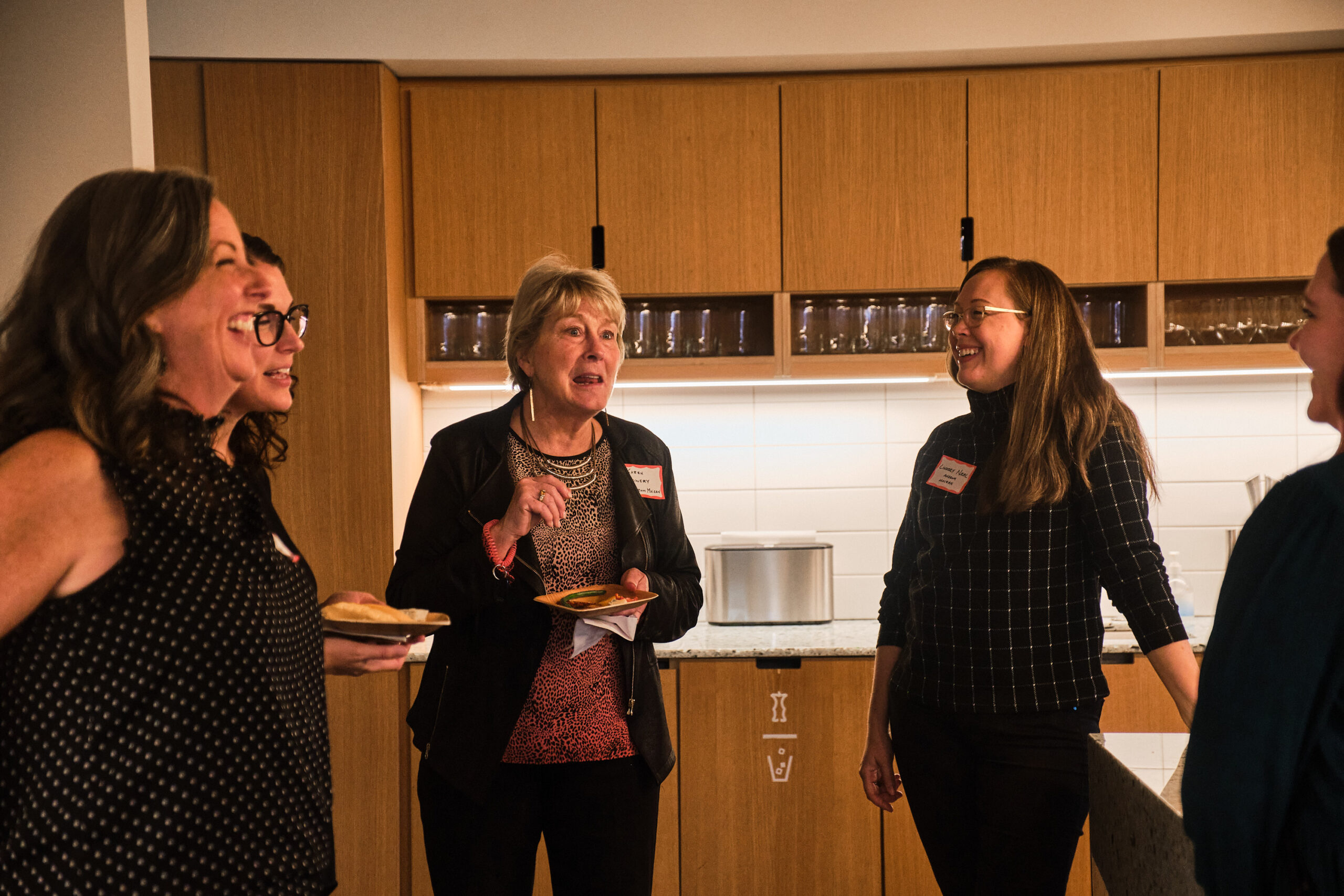
Karen at an Ankrom Moisan Happy Hour in 2022.
Leah Wheary Brown, Vice President of Interior Design Strategy, stresses Karen’s impact, stating “One of Karen’s lasting influences that she fought for from day one is how she helped move our profession from being viewed merely as decorators, into having a seat at the table as an integral part of the overall project design process.”
Though she has had many highs throughout her career, some of Karen’s legacy-defining milestones – aside from her work founding the Interiors department and The Society, her advocacy for environmental sustainability, and her achievements representing women in architecture and interior design – include spearheading the interior design for the projects located on Macadam Avenue. Originally designed for renowned developer John Gray, Ankrom Moisan made this property its first long-term headquarters in 1985. Over the following decade, Karen and the firm worked with Gray on several projects that came to characterize the Macadam area of Portland, including the celebrated Water Tower at Johns Landing.
Skamania Lodge in Stevenson, Washington, also holds a special place for both Karen and Ankrom Moisan. From the groundbreaking, through renovations, updates, and new additions, Karen and the firm played a key role in helping to shape this iconic Pacific Northwest resort and surrounding property. As Ankrom Moisan’s first hotel project, it was also the launching pad for Karen’s focus on the hospitality industry.
Additionally, working with developers like John Carroll and Homer Williams, Karen was instrumental in the transition of Portland’s Pearl District from abandoned railyards and warehouses to vibrant neighborhoods. Karen created a unit customization program and pushed for staffing the sales offices of Pearl District projects with Ankrom Moisan designers to help buyers customize their units, a practice that was previously unused, but which has now become the norm. Following the success of Portland’s Pearl District, Karen helped broaden the firm’s focus toward other forms of housing, in particular for the growing market of senior housing.
When Ankrom Moisan relocated its founding office in 2016 to 38 Davis in the Old Town area of downtown Portland, Karen led the project team in designing this new space to directly reflect the firm’s mission, values, culture, and identity.
Suffice to say, Karen’s impact on Ankrom Moisan is felt not only through the spaces we inhabit that she designed and the practices we follow that she created, but also through the connections she’s made and the lessons she has taught us, whether those are lessons in overcoming obstacles or in remembering to have fun with the process. According to Interior Designer Katie Lyslo, Karen “has taught [her] to take design seriously, but [to] still have fun doing so.” Looking back at her portfolio, it’s evident that Karen has had a lot of fun over the course of her career.
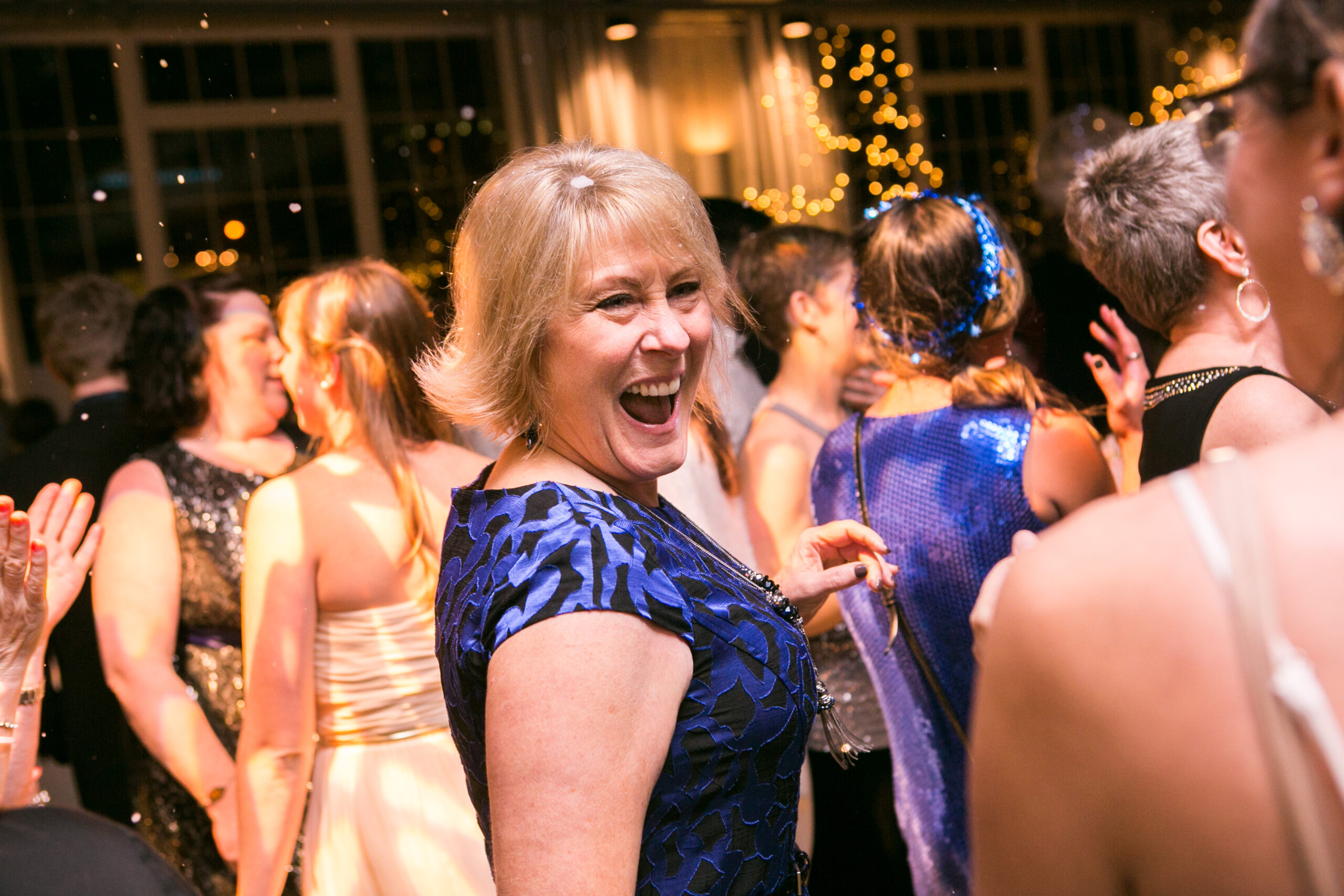
Karen at an Ankrom Moisan Holiday Party in 2014.
Karen will turn over leadership of Ankrom Moisan’s Interiors group to Alissa Brandt and Leah Wheary Brown, who have worked alongside her for 22 and 19 years, respectively. Brant and Wheary Brown will build upon Karen’s lasting imprint while cultivating their own vision for the firm.
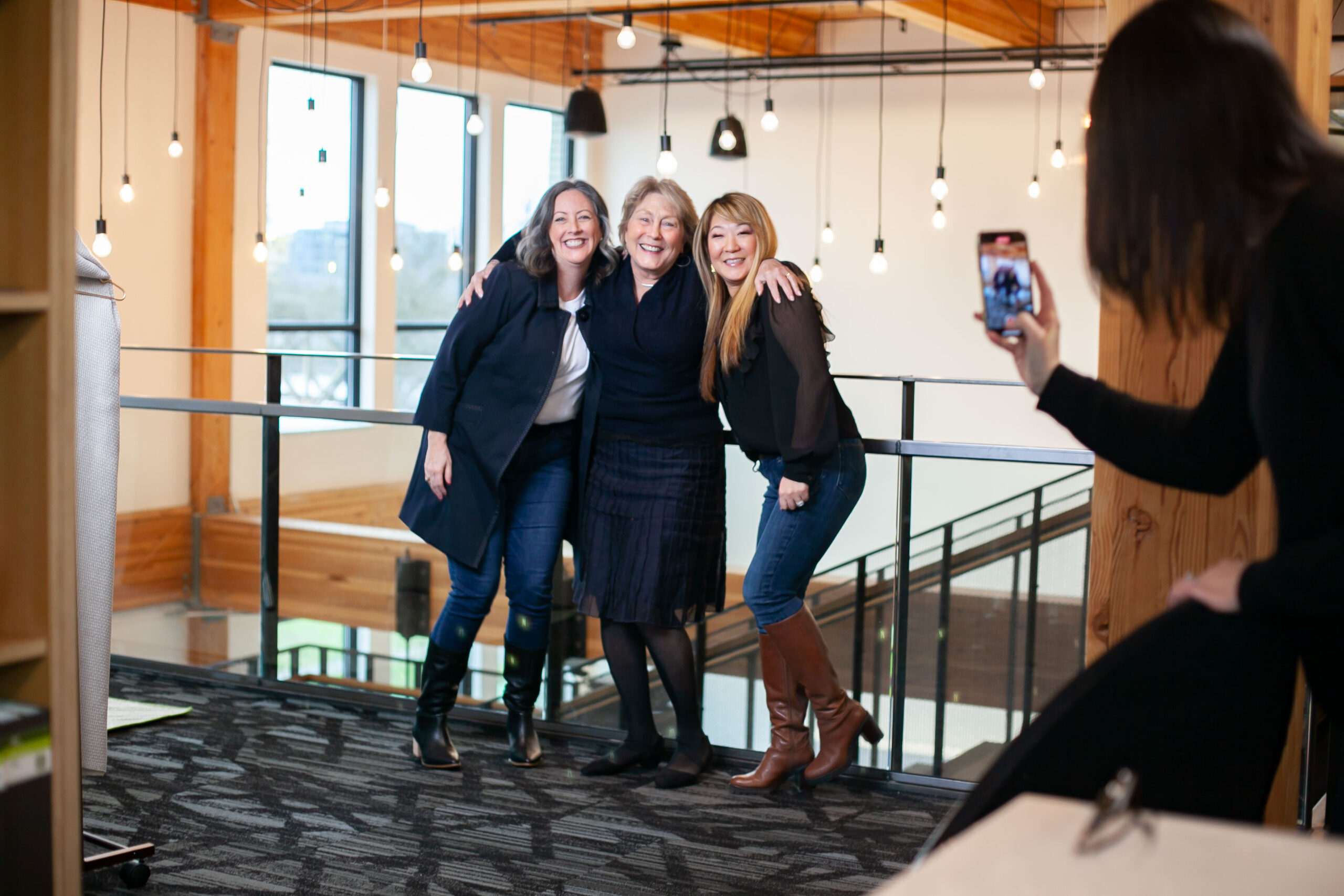
Alissa Brandt, Karen, and Leah Wheary Brown.
Casey Scalf, a Design Principal and founding member, will become the Director of The Society when Karen retires.
“I’m extremely excited to further the legacy that Karen created,” says Alissa Brandt, Vice President of Interiors. “This is a time of constant change and staying stagnant is not an option. That’s what is most exciting about interior design – it’s never going to be the same, even when you’re working with the same client. There’s always an evolution, and Karen has consistently kept Ankrom Moisan at the forefront.”
“A big part of Karen’s success and legacy is what she’s leaving behind,” Leah reflects. “She has been integral in shaping the interior design industry. Karen helped me learn to think strategically, but to also understand where we need to go in the future to be relevant, to move with evolving changes in the industry, with development, with clients, and with our own practice.”
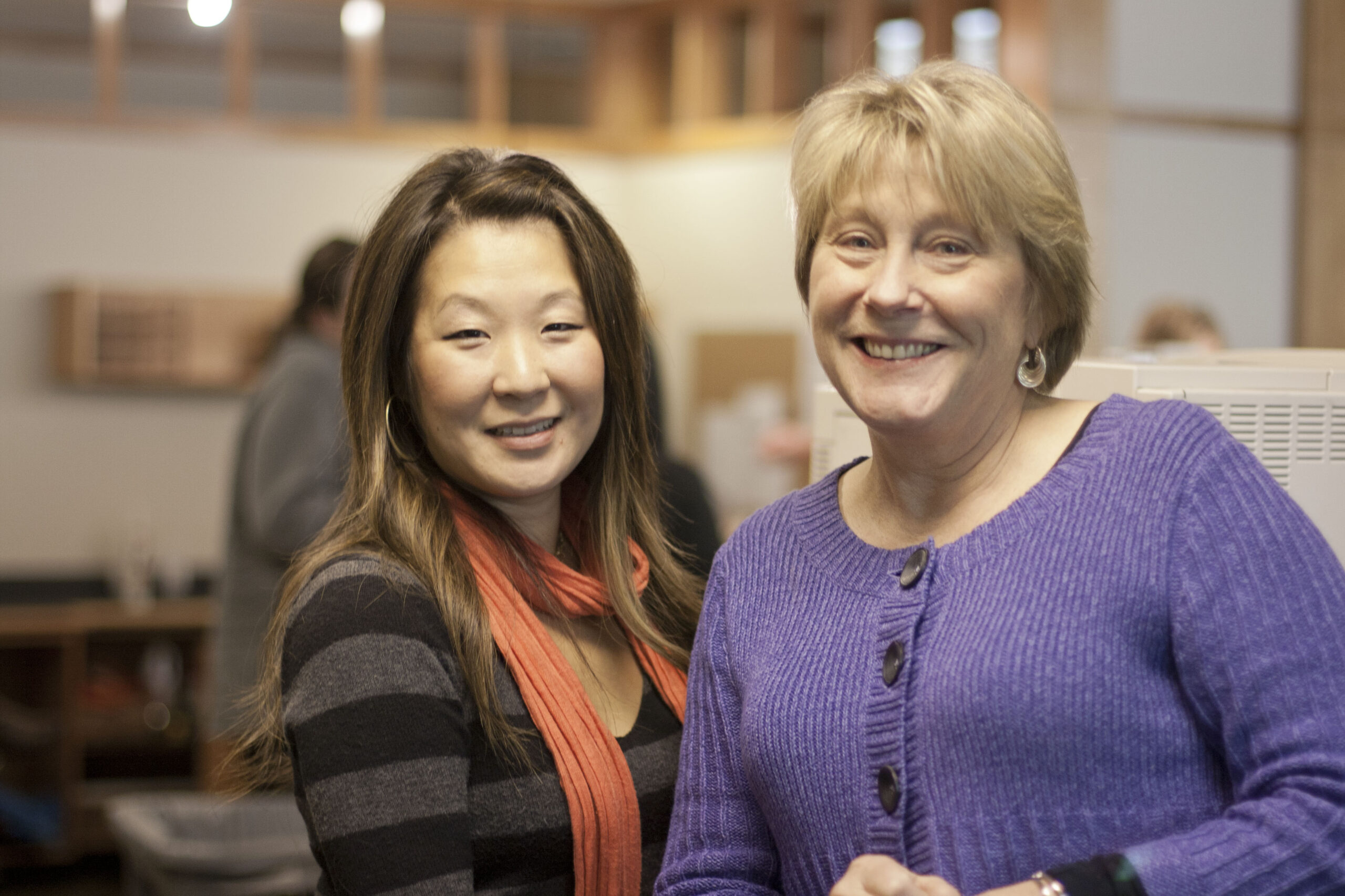
Karen and Leah in 2011.
“Karen has designed a self-sustaining model and has been the gasoline in the tank for our Interiors team,” says Michael. “When she transitions to the next chapter we’re not going to run out of gas. The energy she has put in is a renewable resource for the department. I’ve heard her say, ‘My greatest purpose is to give people wings to soar.’ I’m going to miss her a ton, she brings so much here, and she has empowered us for the future.”
As Karen begins a new chapter in her life, we would like to wish her well and thank her for all she has accomplished for the firm over the past four decades. The impact she has had on the field of interior design will be lauded for decades to come, and her absence will be painfully noticed.

by Jack Cochran, Marketing Coordinator
Living Our Hows (6 of 6): Lead with Heart
Ankrom Moisan takes our Hows very seriously. Our Hows are the values by which we work and play. This post explores Lead with Heart and is one of a six-part series that touches on our Hows and the way they come to life at AM. Stay tuned for future blog posts revealing more about AM’s Hows.
At Ankrom Moisan, our mission is to create places where people and communities thrive. Our goal is to provide a place of safety and comfort that is purposeful and sensitive, both to our client’s visions and to users’ needs. Through our integrated design approach, our team works to identify project challenges and propose solutions. Although these conversations can be hard, our clients appreciate this transparent and collaborative method of problem solving. We work closely as a team on every project with our clients to design spaces that address their concerns and closely align with their goals and company culture.
This is our work: Purposeful and sensitive, both to our clients’ visions and to users’ needs.
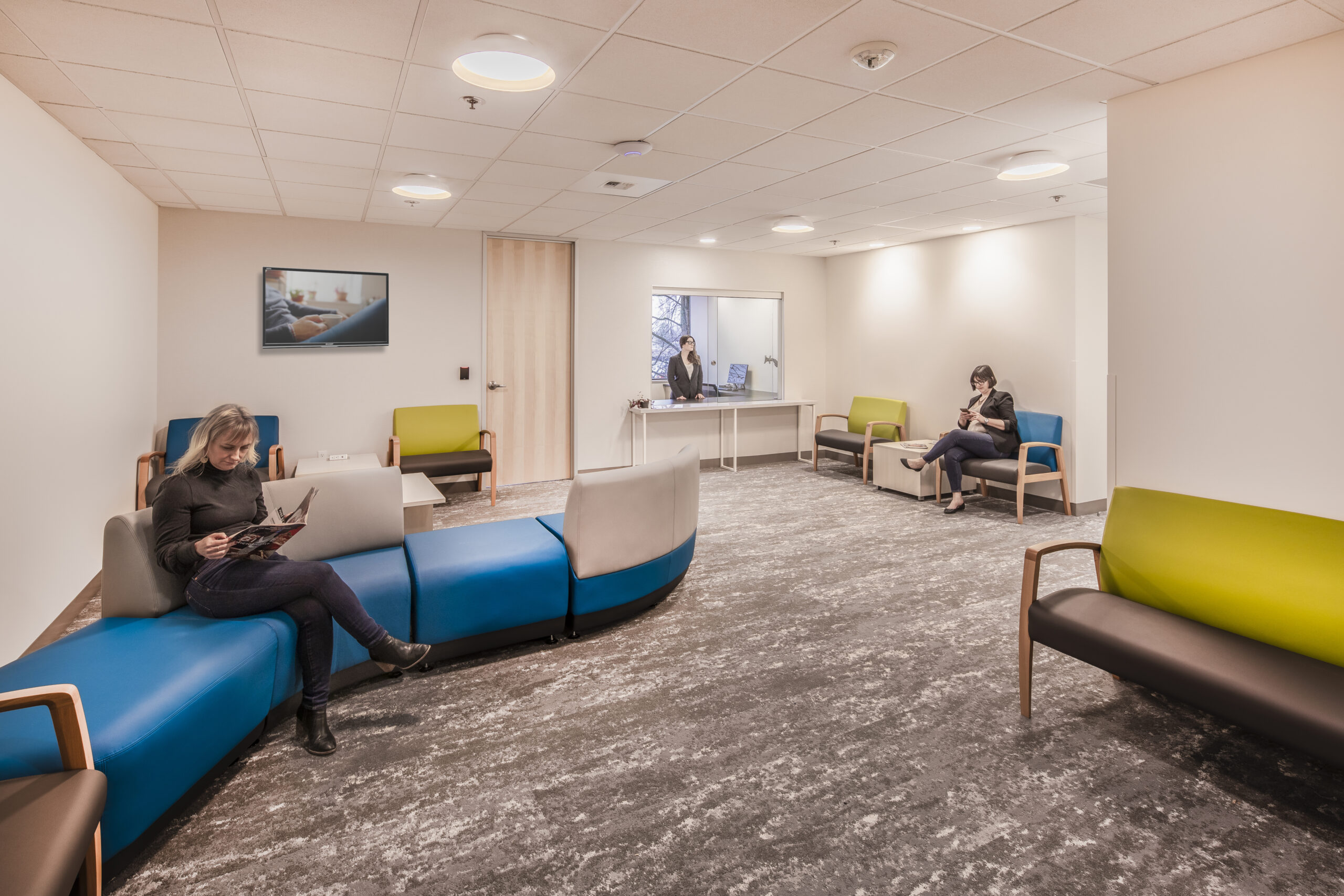
📸: by Andrew Nam
Q. What drives the planning and design for mission-driven work?
A. The driving factors for mission-driven work are similar to other projects in that we consider the specific type of work each of our clients do, their culture and what their company represents. The difference with mission-driven work is that much of what they do directly touches and impacts individuals in the community they serve. Many of these organizations are working to better lives within the community around them and a lot of this work involves helping people through tough times. The nature of their work and the topics discussed can bring up a lot of sensitive issues. Our goal is to find a way to design a space that addresses their clientele’s insecurities, privacy concerns and sensitivities. Keeping these items front of mind is key to a successful project.
Q. What makes mission-driven work unique to other projects? Are there any unique planning needs or sensitivities that need to be considered?
A. Several of the organizations we’ve worked with are in place to help people through challenging moments in their lives, from counseling and support services, to prevention, each come with unique needs. It’s essential to meet the psychological needs of both the employees working in the space, and those of the visitors. Ensuring basic safety is an important first step. We aim to bolster feelings of security and support, for example for some organizations it’s important that visitors have their own waiting areas, ensuring private, judgement-free zones. Beyond psychological needs there are physical safety requirements for both employees and visitors that need to be addressed and this can be a delicate balance between providing a space that’s inviting, but also ensuring physical safety.
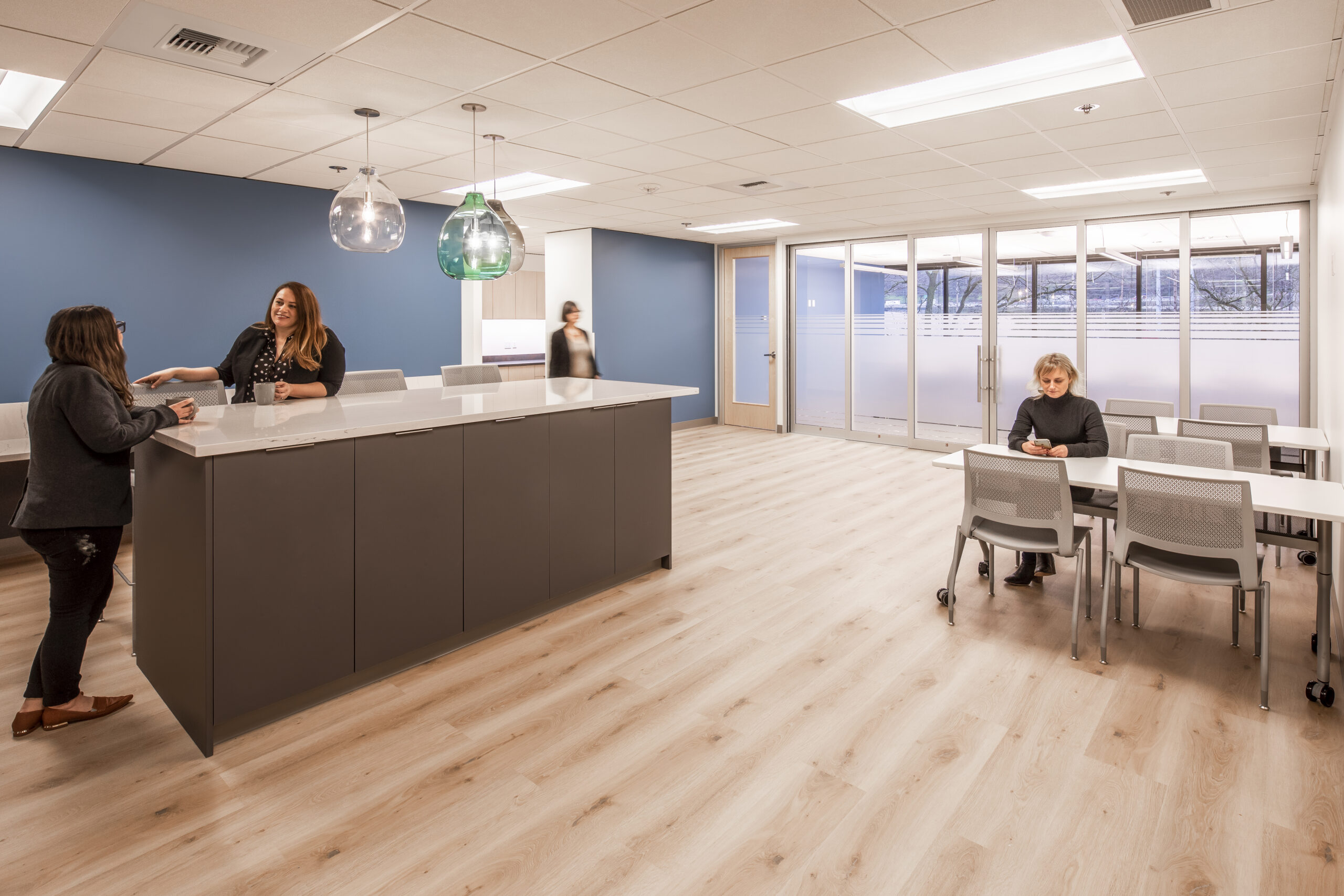
📸: by Andrew Nam
Q. How do you meet the organization’s needs and provide a carefully considered design within budget?
A. It’s important to understand the organization’s goals and any difficulties they face. We always do an extensive programming phase with clients, a deep dive into not only their space needs but a close examination of their function, culture, and how they want to be perceived by their community. Having these conversations up front, along with the conversations around psychological and physical safety, help us to create a well-balanced space. These can be tough conversations to navigate but they’re particularly important to create a successful design in the end.
Regarding budget, having this conversation up front helps to inform the options we put forward. It’s important to specify appropriate finishes that reflect each organization and represent their outward public appearance. We are also mindful of how long it is until the organization’s next anticipated relocation or renovation. Some organizations won’t have the opportunity to create a new office for themselves for another 30-50 years, therefore specifying durable, timeless selections is crucial to design fresh, welcoming spaces that stand the test of time. In the end, it’s these organizations that are truly leading with their hearts, and we are here to support and uplift them in the best ways that we are able!

Aaren DeHaas, Associate Interior Designer

Rebecca Brock, Associate Interior Designer
Spotlight: New Hire Emily Feicht
Q. Tell us a little bit about yourself.
I grew up here in Oregon and have always had a real passion for the northwest. I love the rain, trees, coffee and all the culture that comes with it. I went to college at University of Oregon and graduated with the first COVID class in 2020, and knew I wanted to stay here and design beautiful spaces in the area. I began my career navigating the world of interior design at a small architecture firm in Salem for close to two years. Now, I am a fully remote part of the workplace team at Ankrom Moisan, I live in Corvallis with my kitty Maddy, and come up to Portland once to twice a month to work in the office.
Q. What has your experience been like at Ankrom Moisan these first few months?
I’ve had the best time! I love the incredibly supportive environment between peers, coworkers and supervisors. I’ve never worked with so many other interior designers at one time and feel fortunate to be encouraged to do the work that makes the project successful and the work we are good at! Especially concept design. I also love the reassurance from my team to be involved in IIDA and be integrated with Oregon’s interior design community.
Q. Favorite moment at Ankrom so far?
I am a thrilled for the holidays and all the festivities, so I loved getting dressed up and going to the holiday party! It was so fun to see everyone with the black and white theme and having seasonal cocktails and food!

Q. As one of Ankrom’s first few fully remote Workplace Interiors Team members, how has it been?
I have felt set up for success since day one – I’ve been impressed from the beginning with how equipped AM is to support their employees in any environment!
I also felt like the process of integrating myself with my team was seamless (both workplace and the larger AM team). When I get to come visit and work in the office, I may not know everyone, but I’ve found it comforting that people are so warm and willing to introduce themselves. Say hi, even if we’ve met before, I love it!
Welcome to the team, Emily, we are lucky to have you!
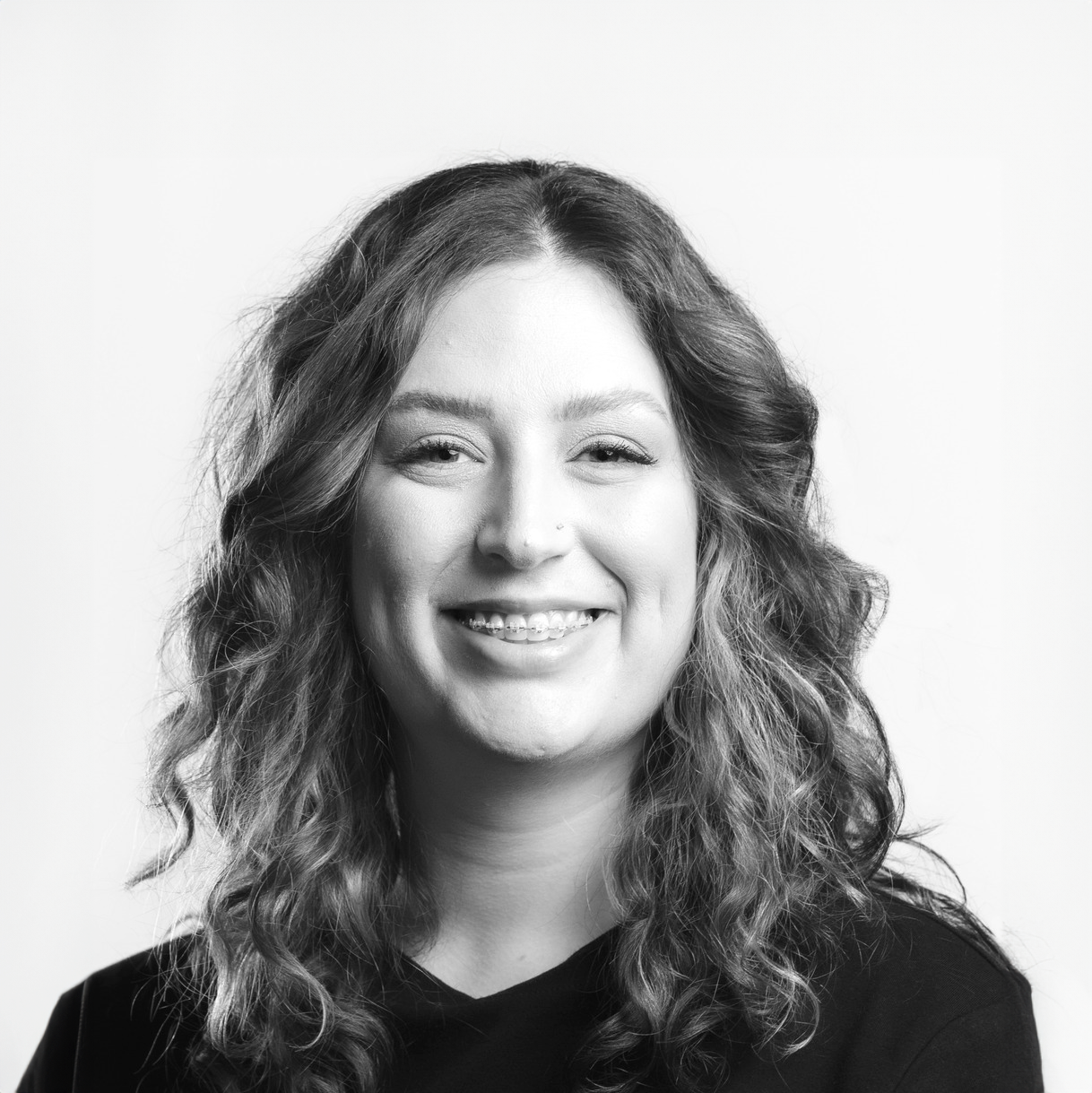
Emily Feicht, Interior Designer
📸: Oregon Coast by Eric Muhr
📸: Holiday portrait by Evrim Icoz
Promotions Announcement 2023
Over the past year, we’ve accomplished a lot. From designing seven award-winning interior design & architecture works and completing one of the largest zero-energy affordable housing projects in the Pacific Northwest, to raising over $167,000 for Food Lifeline during the annual A.M. Trivia Night, Ankrom Moisan’s employees have been responsible for a year of immense growth and success.
For Exploring Beyond the Expected, 35 employees throughout our Portland, San Francisco, and Seattle offices received promotions in the last year. These outstanding employees include:
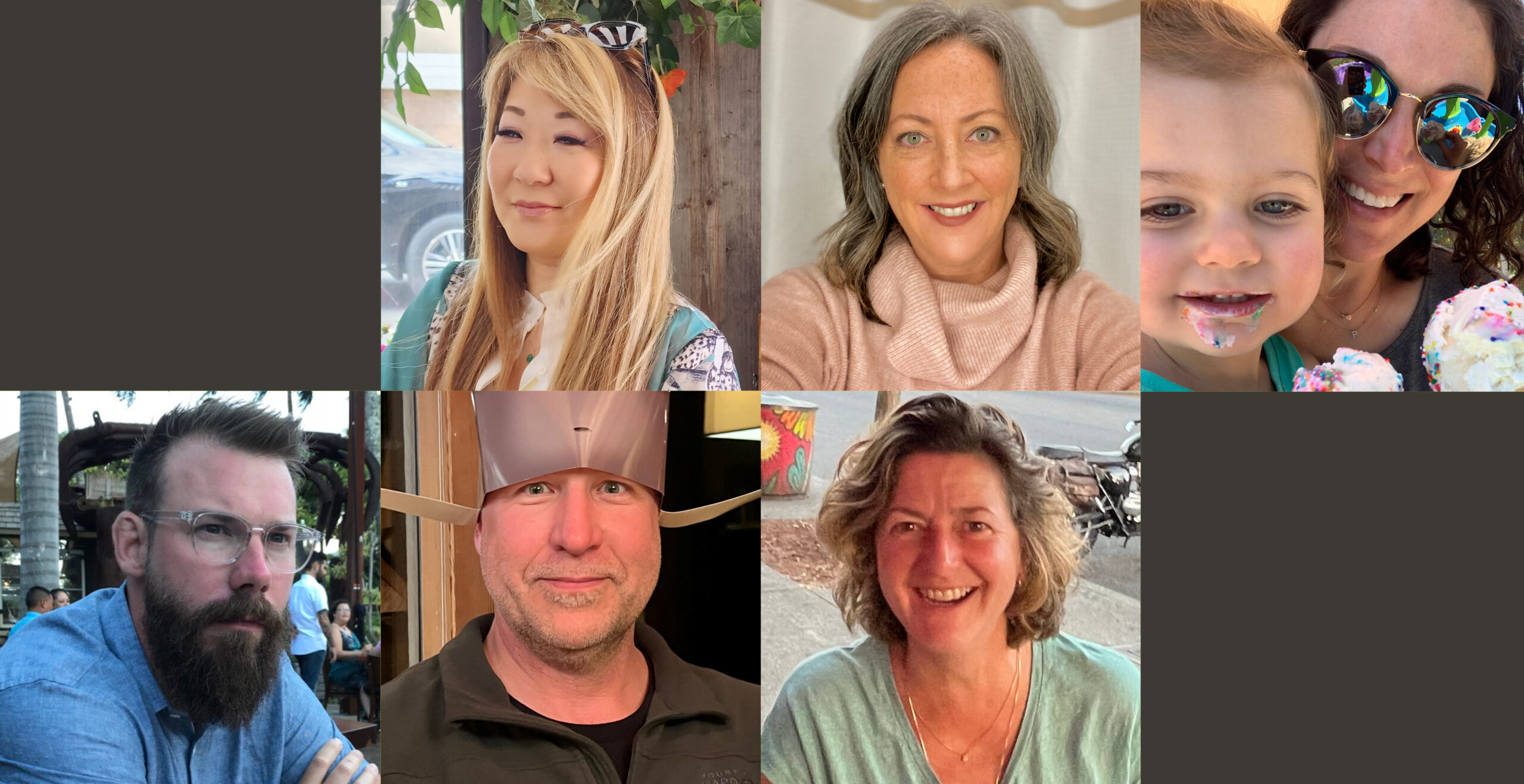
Executive Leadership
- Alissa Brandt, Vice President of Interiors – Portland
- Leah Wheary Brown, Vice President of Interior Design Strategy – Portland
- Emily Lamunyan, Director of Marketing – Portland
Principal & Director
- Casey Scalf, Director of The Society – Seattle
- Matt Janssen, Architecture – Portland
- Laurie Linville-Gregston, Architecture – Portland

Senior Associates
- Michael DiBiase, Architecture – Portland
- Clare Goddard, Interiors – Portland
- Stephanie Hollar, Architecture – Portland
- Nandita Kamath, Architecture – Seattle
- Megan Kim, Architecture – Seattle
- Amanda Lunger, Architecture and Practice – Portland
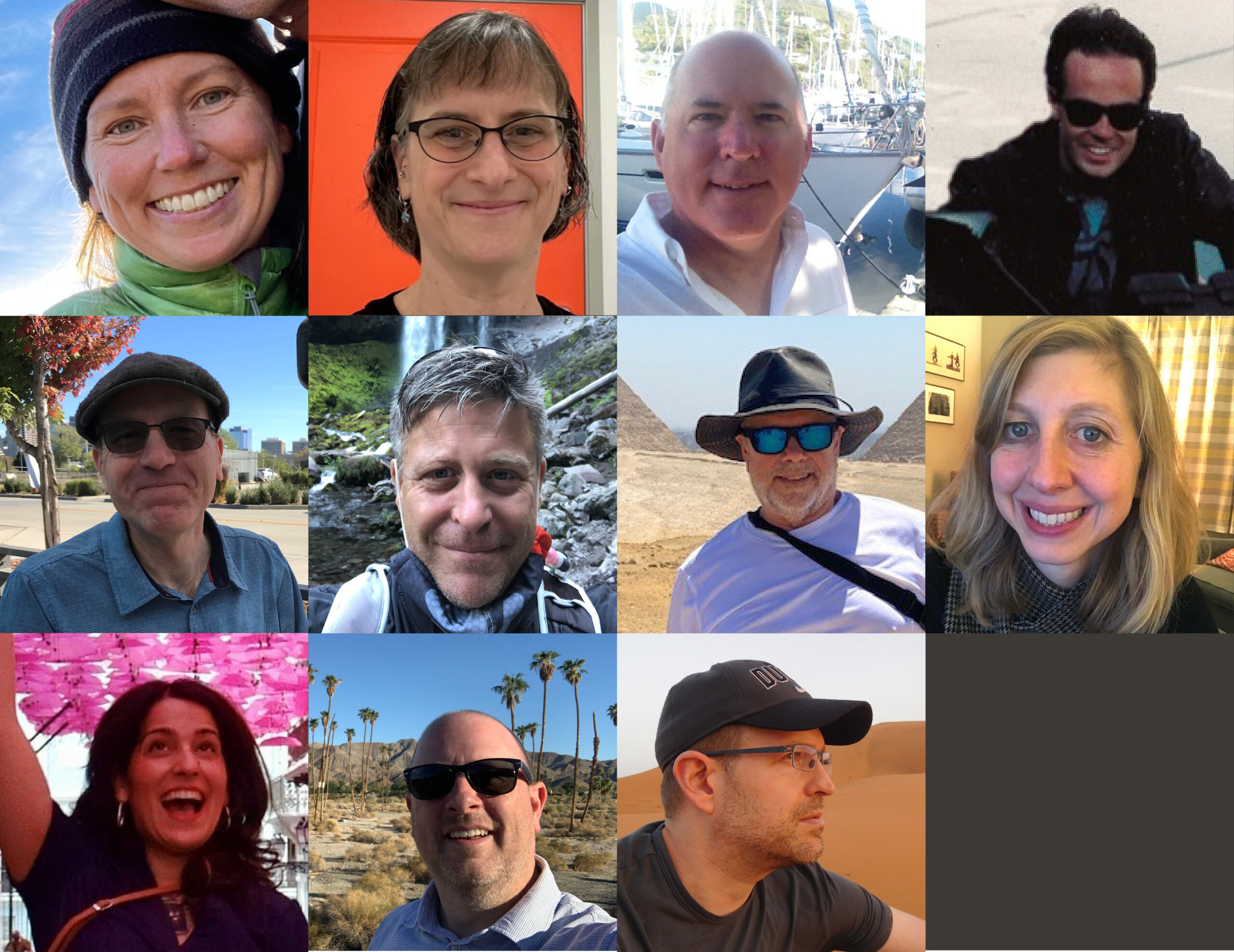
Associate Principals
- Jenny Chapman, Architecture – Seattle
- Scott Crosby, Architecture – Seattle
- Francis Dardis, Architecture – Portland
- John Eidman, Architecture – Portland
- Tania Feliciano, Architecture – Portland
- Cara Godwin, Architecture – Seattle
- Bronson Graff, Architecture – Portland
- Kimberleigh Grimm, Architecture – Seattle
- Rick Heiserman, Architecture and Practice – Portland
- Scott Hopkins, Architecture – San Francisco
- Jason Jones, Architecture – Portland
- John Schupp, Architecture – Portland
- Sean Scott, Architecture – Portland

Associates
- Hans Fagerlund, Architecture – Seattle
- Doug Grove, Architecture – Seattle
- Jessica Kirshner, Interiors – Portland
- Michael Lama, Architecture – Seattle
- Keith Larson, Practice – Portland
- Sakura Moriya, Interiors – Portland
- Annabelle Nikolov, Architecture – Seattle
- Melanie Pakingan, Architecture – Seattle
- Christie Thorpe, Interiors – Portland
Business Services
- Minh-Toan Vu, Junior Systems Administrator – Seattle
For all your hard work, it is our pleasure to say, congratulations. Thank you for being what makes Ankrom Moisan a top design firm and best place to work, not to mention a source of inspiration and community to many. We look forward to witnessing the heights you will reach in 2023.

by Jack Cochran, Marketing Coordinator
Living Our Hows (5 of 6): Share Openly
Ankrom Moisan takes our Hows very seriously. Our Hows are the values by which we work and play. This post explores Share Openly and is one of a six-part series that touches on our Hows and the way they come to life at AM. Stay tuned for future blog posts revealing more about AM’s Hows.
At Ankrom Moisan we highly value and prioritize mentoring relationships to share skills, create career growth and nurture our culture. Over the course of testing and establishing a mentorship program the past two-years, the most successful and beneficial mentorships embody leading and learning between both individuals. When a mentorship relationship is established without dedicated “mentor/mentee” roles, both individuals can remain receptive, which allows for open communication and knowledge sharing resulting in everyone’s growth.
Roberta Pennington, Senior Associate Interior Designer at Ankrom Moisan, has this to say about her experience with mentorship:
“My mentorship team consists of two people who are not related to my area of practice. With their neutral view, I was able to see my contributions to the team and the firm out of context. Our conversations helped me to better understand what role I want to pursue and, even better, redefine the roles that were available.
Apart from the professional advice, it’s reassuring to see my colleagues are human and have similar stressors related to family and health. My mentors/mentees helped me to manage expectations around being healthy and successfully performing my job.
We still meet quarterly despite each of our respective busy schedules. I love this commitment we made. It’s attainable and shows we care about the other’s well-being.”

The following tips support this method of mentorship:
Be Open to Vulnerability:
When genuinely connecting with one another, it can feel truly vulnerable to share openly about the successes and ever so humbling lessons being learned at any given time. We’re putting ourselves out there when we invite another to problem solve with us, while knowing that we each bring something to the solution, and that neither person needs to have all the answers to every question. When we meet with a professional outside of our department, or when we invite guest speakers to address goals beyond our scope or abilities, we allow ourselves to be vulnerable, which opens us up to further mutual growth and connection.
Value the Mutual Commitment:
Showing up is a first step, but a commitment to the mentorship also means being prepared to answer questions and share experiences mutually. Respecting one another’s time is also integral to the mentorship. To do so create recurring meetings in advance, honor this reserved time, and communicate clearly when you need to reschedule.
Establish Goals:
Determine where the mentorship will take place, and for how long. Within the mutually agreed-upon boundaries, share your interests, strengths, and weaknesses with each other. Conversations that encompass these vulnerable topics can foster an environment in which you can better establish goals and review them together. Thereby offering opportunities to both shore each other up and hold one another accountable. Create a road map of topics you will discuss, along with activities to share as learning experiences.
Good Questions:
Sharing openly leaves room to take initiative to lead the conversation and actively listen. Have meaningful questions prepared so you can uncover the insight you are looking to gather. Don’t be afraid to dig deep and listen with intent! Unexpected jewels can be uncovered when the right questions are asked.
Express Gratitude:
Take the time to discuss what you have learned from each other, and express gratitude for the time invested in you. When the opportunity arises, speak positively of each other to others. When gratitude is expressed the positive effects ripple outward. And don’t forget to celebrate achievements together!
Using this method of mentorship at Ankrom Moisan has made the workplace a welcoming environment. Every member of the team has talents and skills to be shared and can create a stronger connection. Growth is achieved at a rapid rate with mutual respect and understanding!

by Kaci Mespelt, Interior Designer, and

Roberta Pennington, Senior Associate Interior Designer
📸: Cheryl Mcintosh, featured image
Living Our Hows (4 of 6): Client Trust
Ankrom Moisan takes our Hows very seriously. Our Hows are the values by which we work and play. This post explores Trust and is one of a six-part series that touches on our Hows and the way they come to life at AM. Stay tuned for future blog posts revealing more about AM’s Hows.

At AM, we are proud that most of our clients are return customers. Or, they have been referred to us by a happy customer. Clients come to us after the market has changed or their businesses have evolved – and, right now, whose hasn’t? It’s humbling when someone reaches out to us for help – and, to honor this, we ground our relationships in TRUST.
Client relationships based in trust allow both parties to be a bit vulnerable. They allow us to dig deeper when strategizing to get to the heart of the matter. These in-depth and intimate conversations uncover the key drivers of a project and are used to craft spaces that truly resonate. Client trust gives us the freedom to go beyond our “first good idea” and offer more avenues to consider.
Clients who believe they are being led by a dependable team, feel at ease with the process of a project. At AM, it is our teams’ responsibility to create this sense of ease by sharing our experience, mentoring each other, and staying curious by researching contemporary trends within our industries. Our expertise resides in several market sectors – from workplace to housing to hospitality – and this cross-discipline perspective allows us to see synergies between markets. Design strategies for one project type are informed by the insights of another – creating the multi-dimensional experience that so many are seeking in today’s market.
Central to creating trust with anyone is consistency. At AM, we strive to create a customer experience that is enjoyable for everyone; we do our best to be approachable and available to our clients, to be enthusiastic and reliable, honest, and genuine. It is a part of our DNA to work from this perspective and it allows clients to create their own journeys – trusting that we are here as guides during the process.
by Laura Serecin
Exploring our Design Passions
“It was one of the highlights of my entire working career.”
At Ankrom Moisan, we believe that continued education is a key facet of success and fulfilment. When we make room for the betterment of ourselves, when we feel supported to follow our passions and to live authentically, we all thrive.
In addition to programs such as Lunch and Learns, conferences, and paid educational hours, AM offers two annual in-house scholarships; the Do Good Be Well Scholarship and the Travel Scholarship. Both are open to all staff across all offices.
The annual travel scholarship is an opportunity for our employees to travel while exploring a design topic they are passionate about. They receive 10 days of paid time off for their trip and a stipend to cover their travel expenses. When they come back, they receive additional time to prepare a design presentation and share their findings with the rest of the firm.
Jenny Chapman and Sadaf Quddusi, two previous AM Travel Scholarship winners, tell us about their travel experiences.
In 2021, Jenny visited Italy to attend the Venice Biennale and explore the global design conversation surrounding communal living and how we will live together in the future.
“I think it’s really important that we take time away from our day-to-day work to lift our eyes to the horizon and consider what’s coming next in our industry. The AM Travel Scholarship is a great opportunity to do that, it offers space to think deeply about design.
My experience travelling to the Biennale and exploring different architectural approaches really helped me to refresh my perspective. It was incredibly valuable to see some of the same problems we often face in this region, being solved in entirely different ways in other parts of the world.”
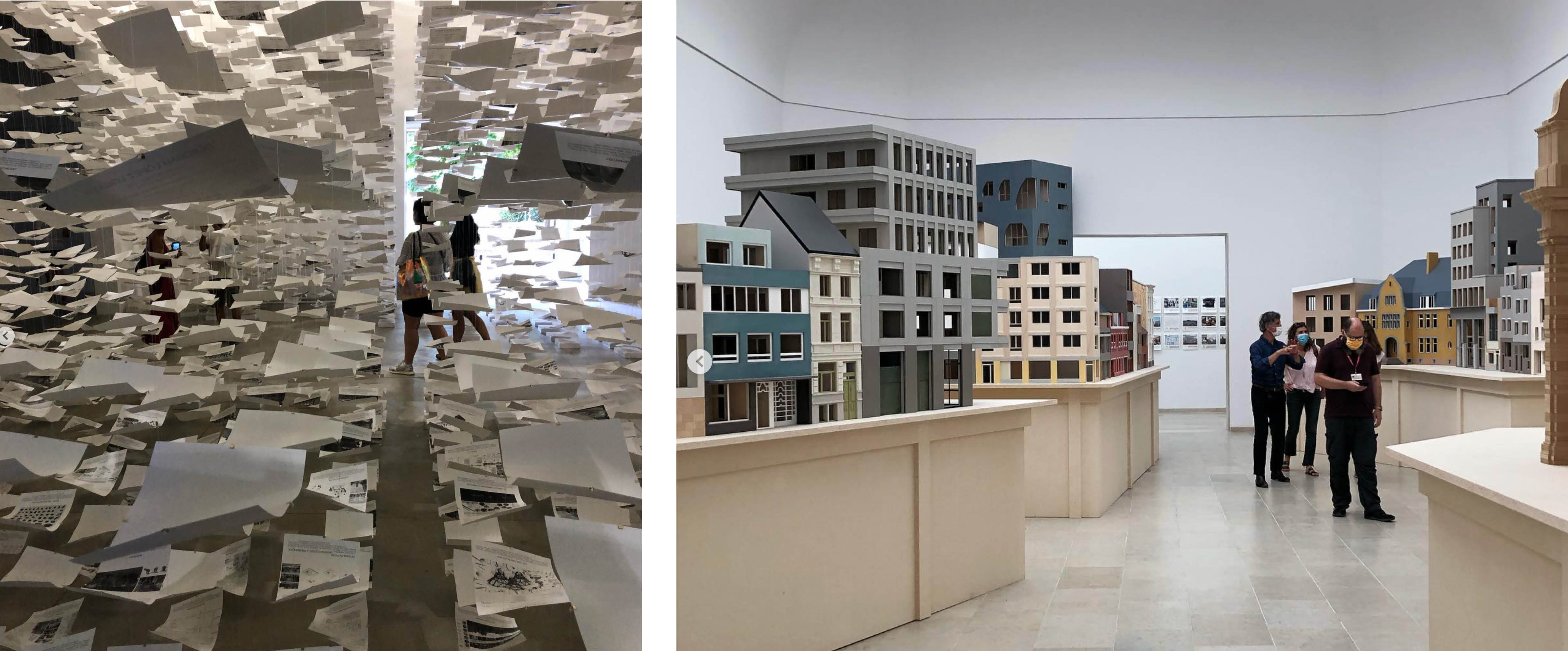
Exhibits from the 2021 Venice Biennale
Sadaf—who visited the UK in 2019 to study mass timber—agrees, adding that “research is so important to what we do. My research in the UK allowed me to be on the leading edge of the mass timber transition in the US. It was something I was really glad to study and share with the firm.”
The Travel Scholarship is an investment in the design culture and community of our firm and industry. It is an opportunity to explore how design betters our environments and our lives.
Our 2023 scholarship is now open for submissions. In January we’ll be sharing the next winning design topic, stay tuned!
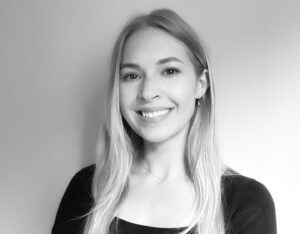
by Mackenzie Gilstrap, Sr. Marketing Coordinator
Living Our Hows (3 of 6): Be Yourself
Ankrom Moisan takes our Hows very seriously. Our Hows are the values by which we work and play. This post explores Be Yourself and is one of a six-part series that touches on our Hows and the way they come to life at AM. Stay tuned for future blog posts revealing more about AM’s Hows.
Celebrating Roberta Pennington and her Influences on Interior Design
Ankrom Moisan takes our Hows very seriously. Our Hows are the values by which we work and play. This post explores Be Yourself and is one of a six-part series that touches on our Hows and the way they come to life at AM. Stay tuned for future blog posts revealing more about AM’s Hows.
In the Fall of 2021, we proudly announced on social media that Roberta Pennington, NCIDQ was awarded the Legacy Award for the 2021 IIDA Oregon Design Excellence Awards.
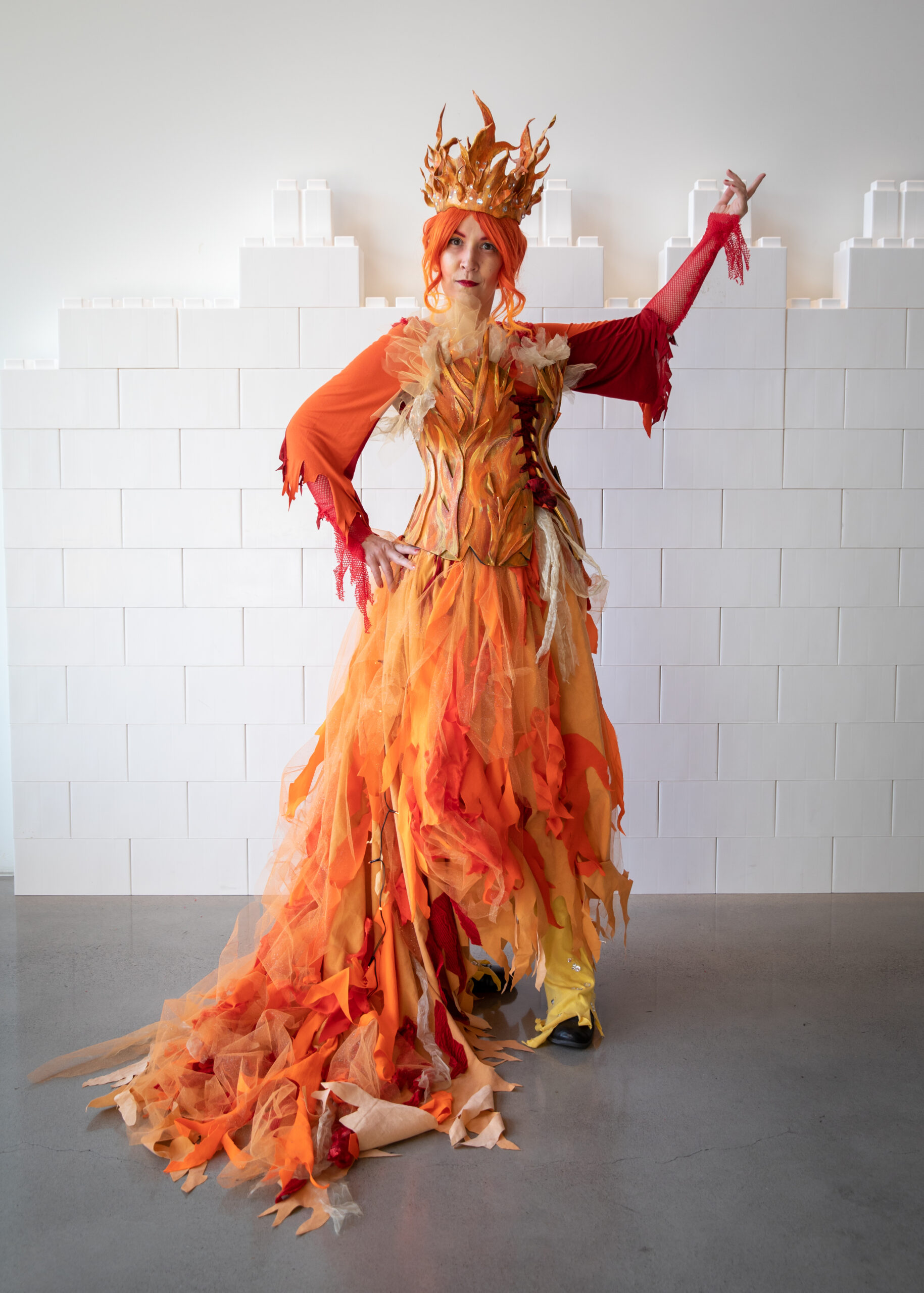
Since arriving in Portland over 20 years ago, Roberta has been a leading advocate for the interior design profession, having served many terms on both IDC Oregon and IIDA Oregon Chapter Boards as a voice for interior design advocacy all over the United States. Her colleagues credit her with possessing vast knowledge and contagious enthusiasm, bringing excitement, and understanding to legislative efforts. Roberta puts a fun spin on everyday advocacy, hosting a podcast that dissects movies and TV shows featuring interior designers, and discussing how they do or do not represent the reality of the profession.
Over the years, Roberta has touched many lives through mentorship and community involvement. She helped develop a mentorship program within Ankrom Moisan, which was successfully adopted across all three offices. She is credited with having a management style that fosters immense and rapid growth in junior designers and making everyone she works with feel valued. She openly shares her personal and professional experiences with others, helping our design community to know we’re in this together. Her personal stories bring levity to a seemingly serious, deadline and deals driven industry.
The testimony of those who nominated Roberta for this award in excellence is compelling. From many sources it has been made clear that Roberta is constantly stepping up and helping when needed. That she is dependable and responsible, and always stays true to herself, maintaining a rare authenticity. She embodies everything a leader should be.
With a theatrical background, Roberta brings big ideas to the table and loves to dream of the impossible and work to make it a reality. She also wants everyone to be heard and never shuts anyone down. No idea is a bad idea to her; she welcomes all with enthusiasm and helps to understand why it would or wouldn’t work for a project. Her experience in set design and theatre, her sharp wit and legendary sense of humor, and her myriad of extracurricular interests keep her busy. These inform her design directions, and she brings a truly unique perspective to every project she works on. Roberta is an active advocate for interior design. She can whip out her elevator speech to explain to anyone what commercial interior designers do day-to-day and overall. She’s a great role model for how to communicate the importance of the role in the industry.
Roberta hails from Youngstown, OH and is proud of her upbringing. When a childhood friend announced that he was hoping to open a community theatre in her hometown, she dove into action. She assisted him with selecting a site and campaigned to the Executive Leadership Committee at Ankrom for use of our VIZ Team Services so that this project could have top tier 3D renderings for their community outreach and funding programs. This project is currently underway.
Roberta is the Geek in the details of interior design. She loves BOMA, egress calculations, technical details, and code compliance. She is exceptionally educated and experienced in these areas. These interior design skillsets provide great contrast to the universal myth that interior designers’ only skill is to “pick out” finishes. Roberta takes every chance she can to challenge the many misconceptions of the interior design industry, through conversation, podcasts, educational campaigns, advocacy and leadership. She slays misconceptions with her quit wit, expertise and signature charm. Through seeing commercial interior design as having an impact on the humans that interact with the spaces that we create, she is forever a spokesperson for design, its importance and the impact it has on our community.
Roberta has clearly impacted the industry by inspiring those around her and has already made an indelible difference to the profession of Interior Design, as well as to the people she encounters in her advocacy and playful approach to life.
View her IIDA Oregon Chapter video feature and be sure to check out her podcast @starchitectspodcast.
content provided by IIDA Oregon Chapter

edited by Kerstyn Smith Olson, Content Coordinator
Trivia Night 2022
We’re proud to share that we raised over $167,000 for Food Lifeline during our 12th annual AM Trivia Night last week!
Food Lifeline is a non-profit organization on a mission to feed people facing hunger today while working to end hunger for tomorrow. Food Lifeline’s mission goes hand and hand with our values at Ankrom Moisan. We are passionate about designing affordable housing because we strive to provide stability and security to those suffering in the US housing crisis and many of the people we hope to impact through our housing projects are also facing food insecurity.
The money we’ve raised will make a very real impact in the lives of those experiencing hunger in Western Washington and it was only possible thanks to our generous donors, participants, and volunteers.
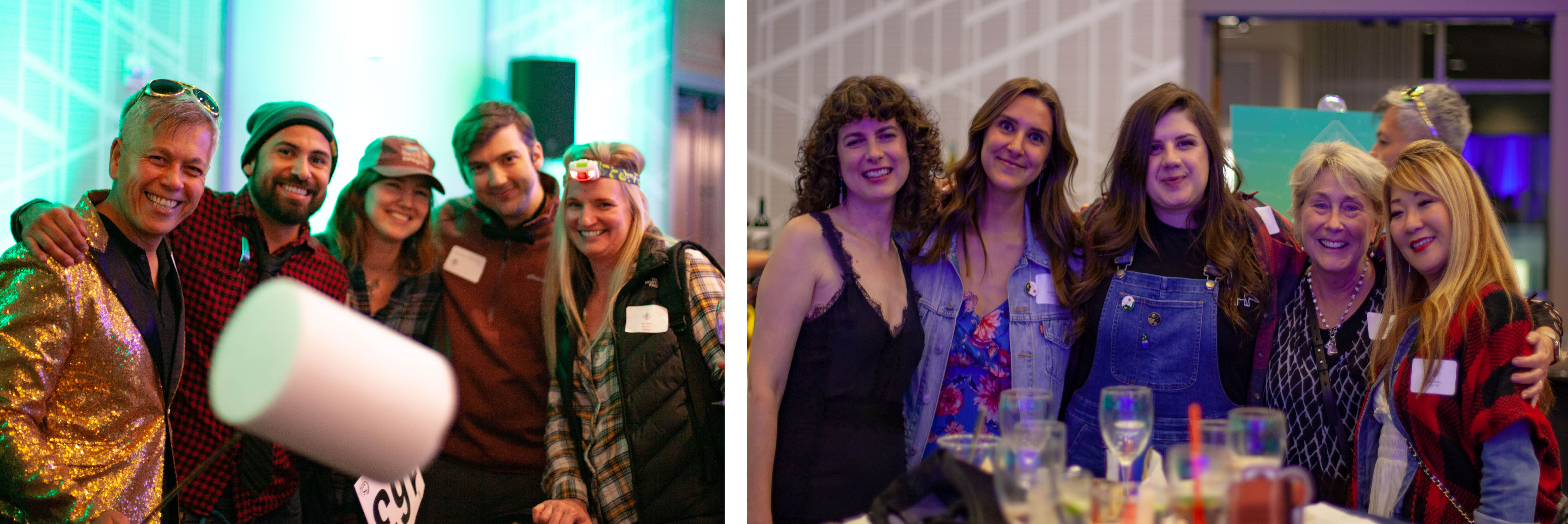

Not only did we raise an incredible sum for Food Lifeline, we also had a lot of fun. This year’s theme was “camp chic” and, besides trivia, the evening was filled with good company, incredible costumes, hilarious competitions, and—of course—a dance-off.
If you want to know more about how AM’s Food Lifeline fundraiser evolved into annual trivia with a side of dancing and costumes—we have the full story here.
The music video we filmed to thank our event sponsors.


Center: The 2022 Trivia Champions, Morrison Herschfield!
THANK YOU TO OUR 2022 SPONSORS:
AvalonBay Communities with Brian and Holly Fritz
Aegis Living
Bill Soderberg with Max Wurzburg/Windermere & Red Propeller
Cross 2 Design Group
Legacy Group
Navix Engineering
RDH Building Science, Inc.
The Walsh Group
Willamette Management Associates
A3 Acoustics LLP
Brumbaugh & Associates
Clark Construction
Glumac
GLY Construction
Howard S. Wright, a Balfour Beatty company
objekts
PCL Construction Services, Inc.
PCS Structural Solutions
Rushing Co.
Shaw Contract
Stone Source
Swinerton
Vulcan Real Estate

by Mackenzie Gilstrap, Sr. Marketing Coordinator






